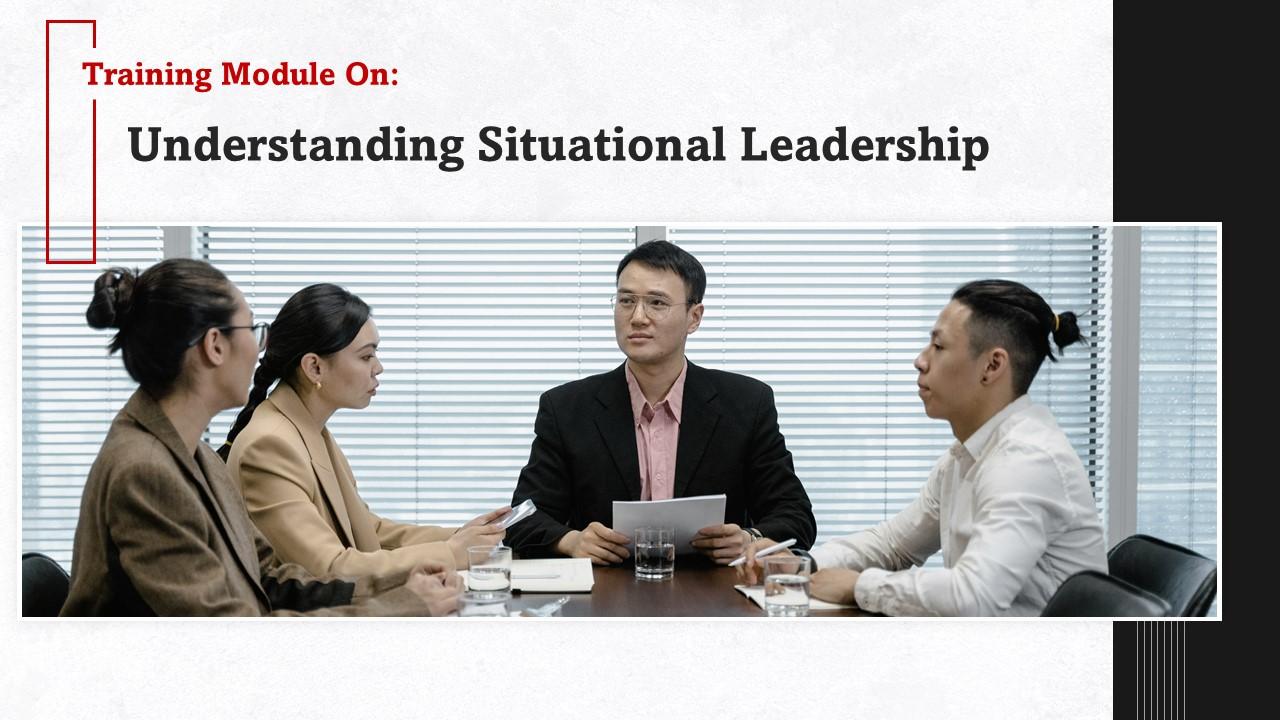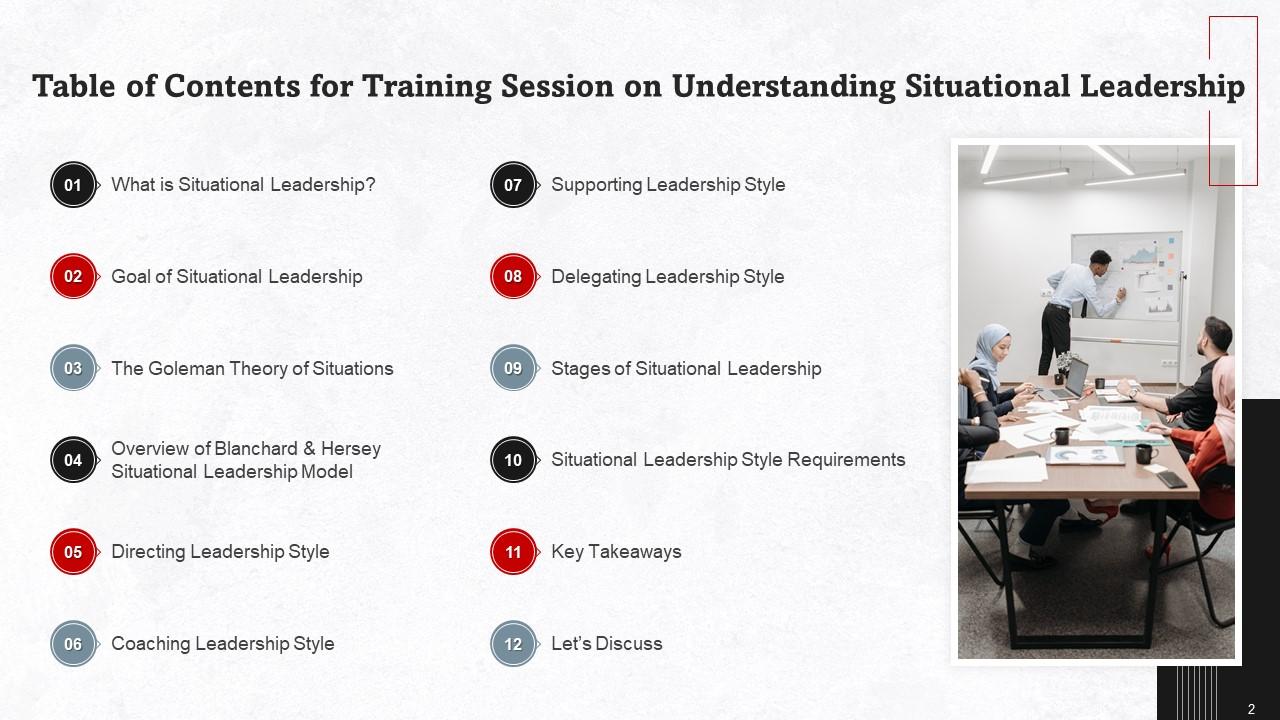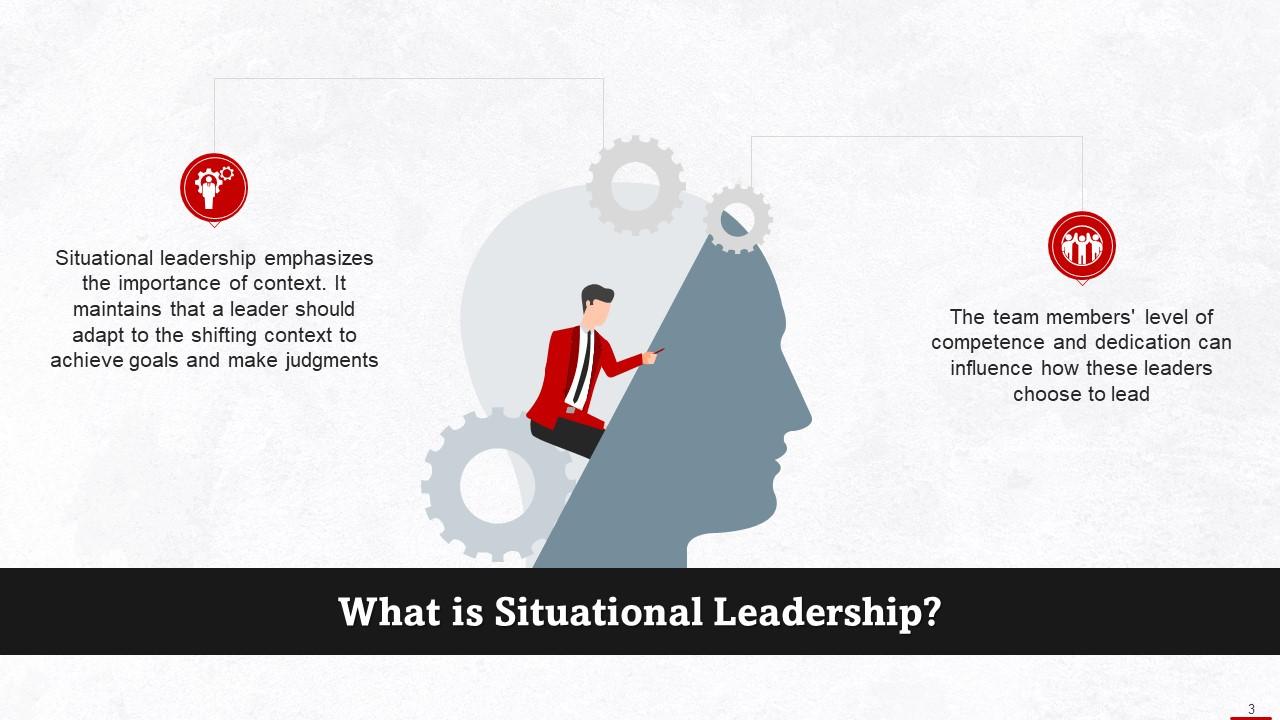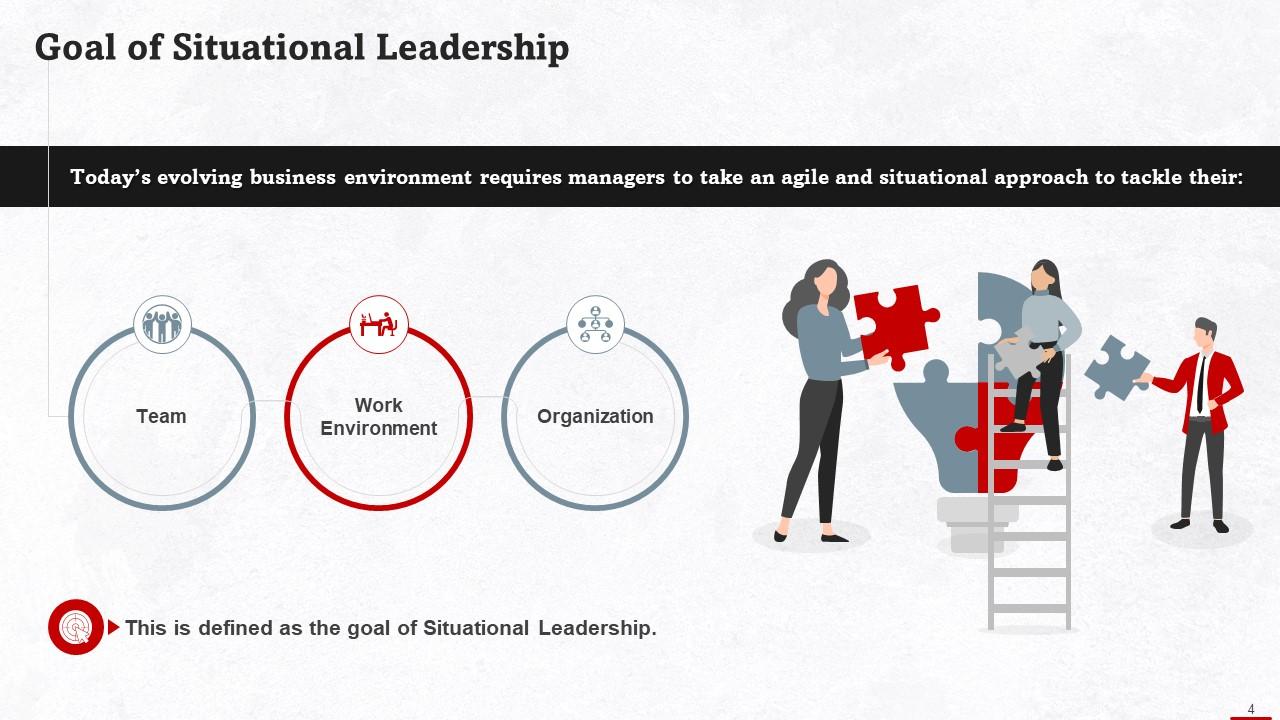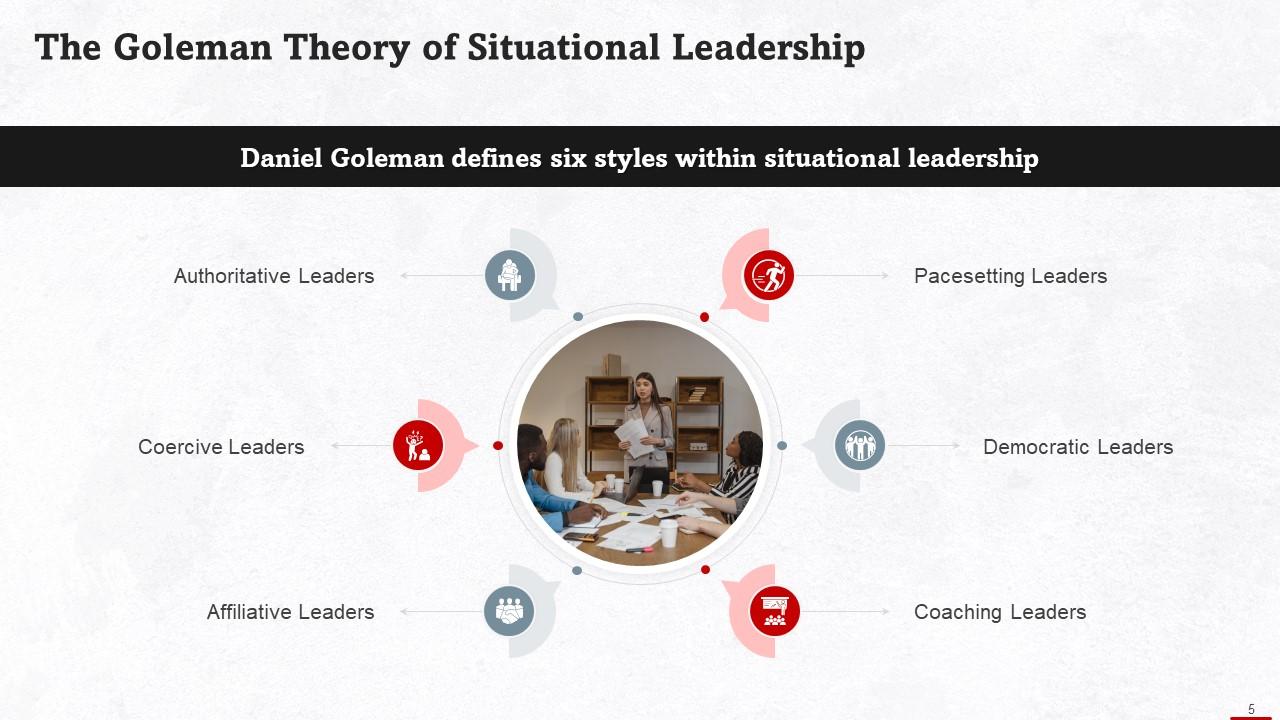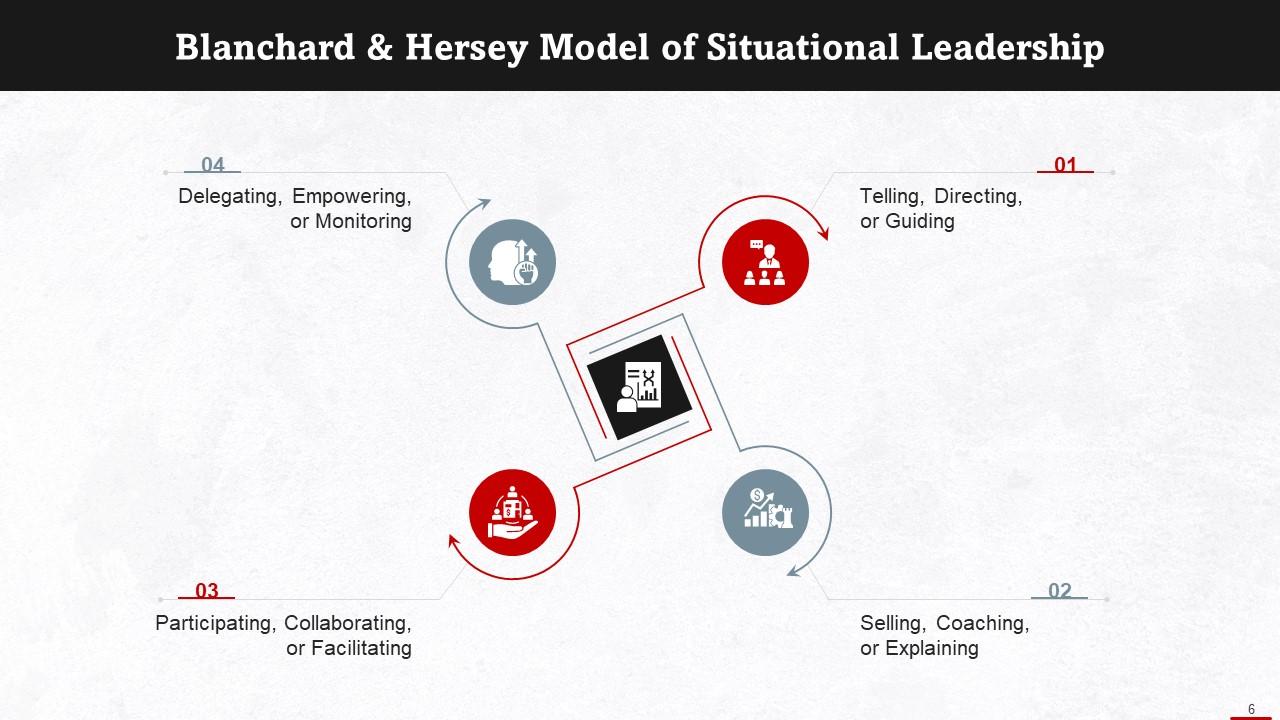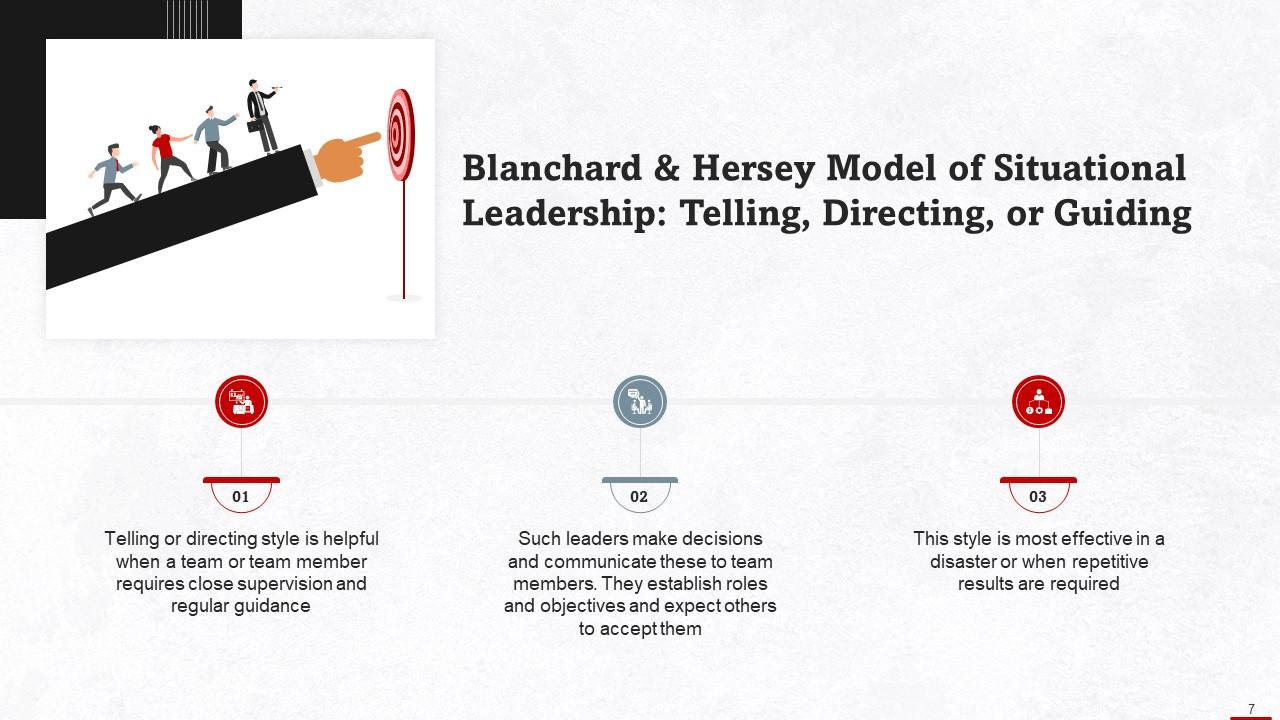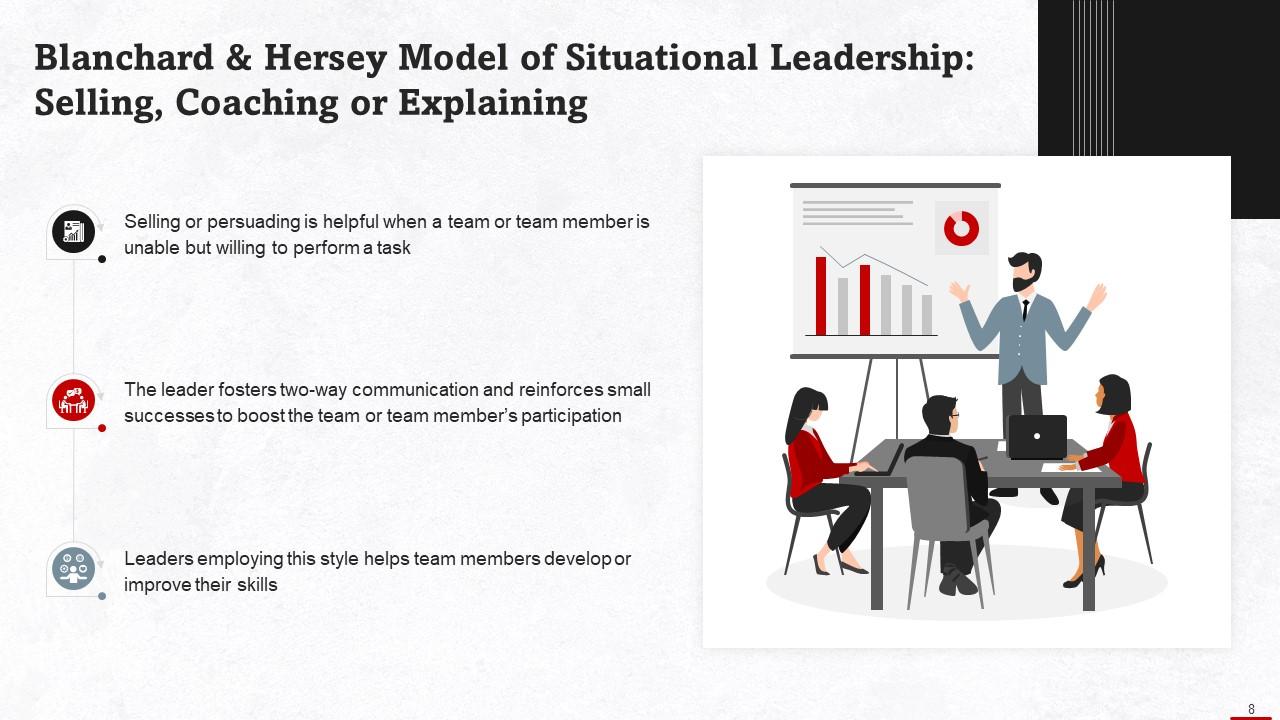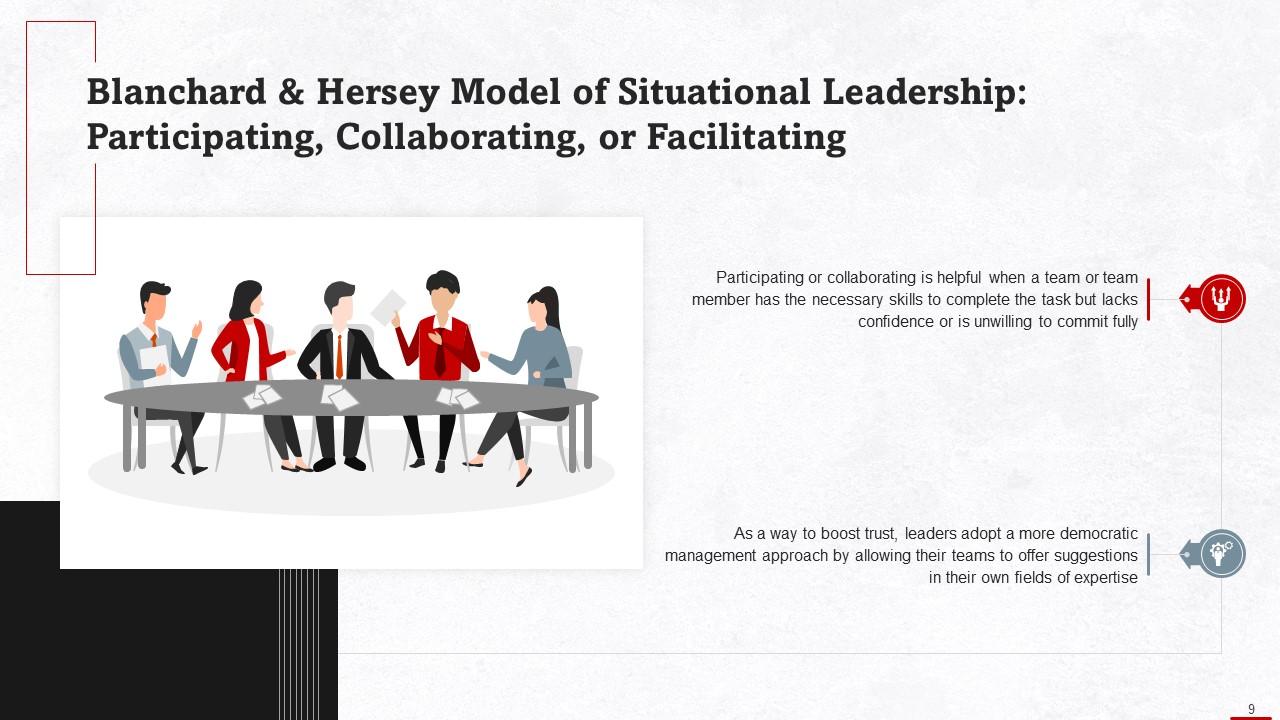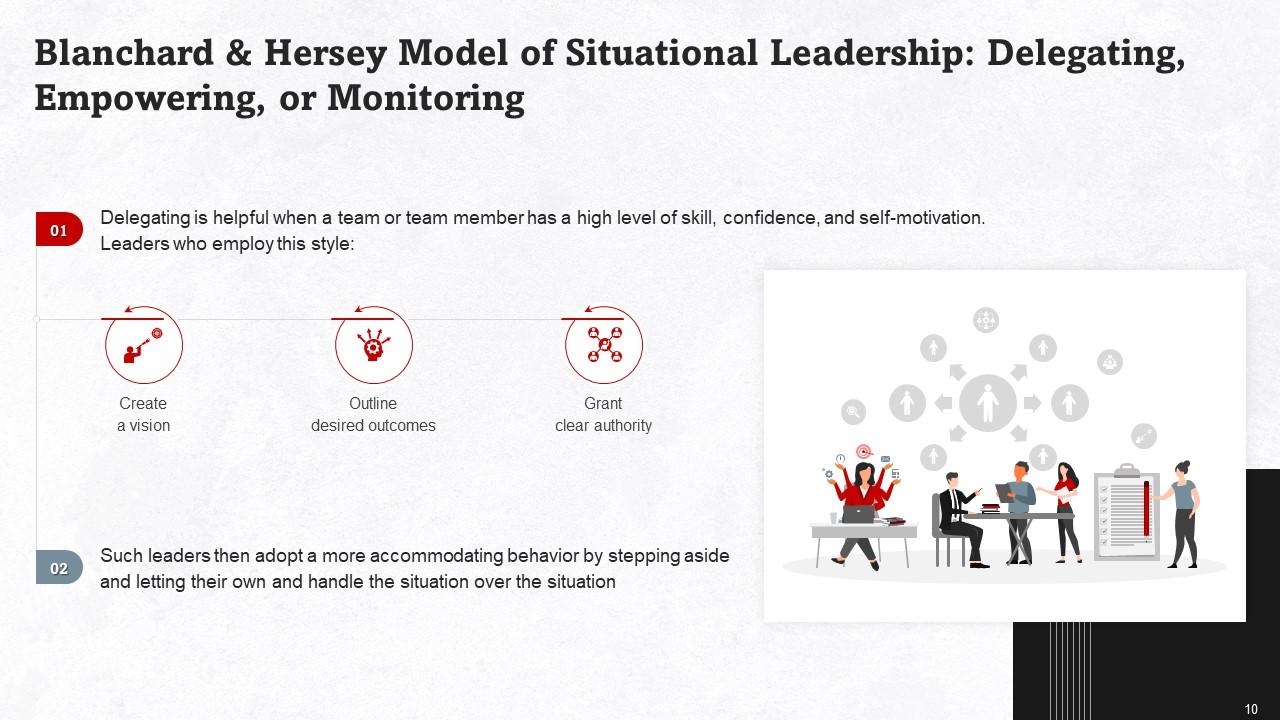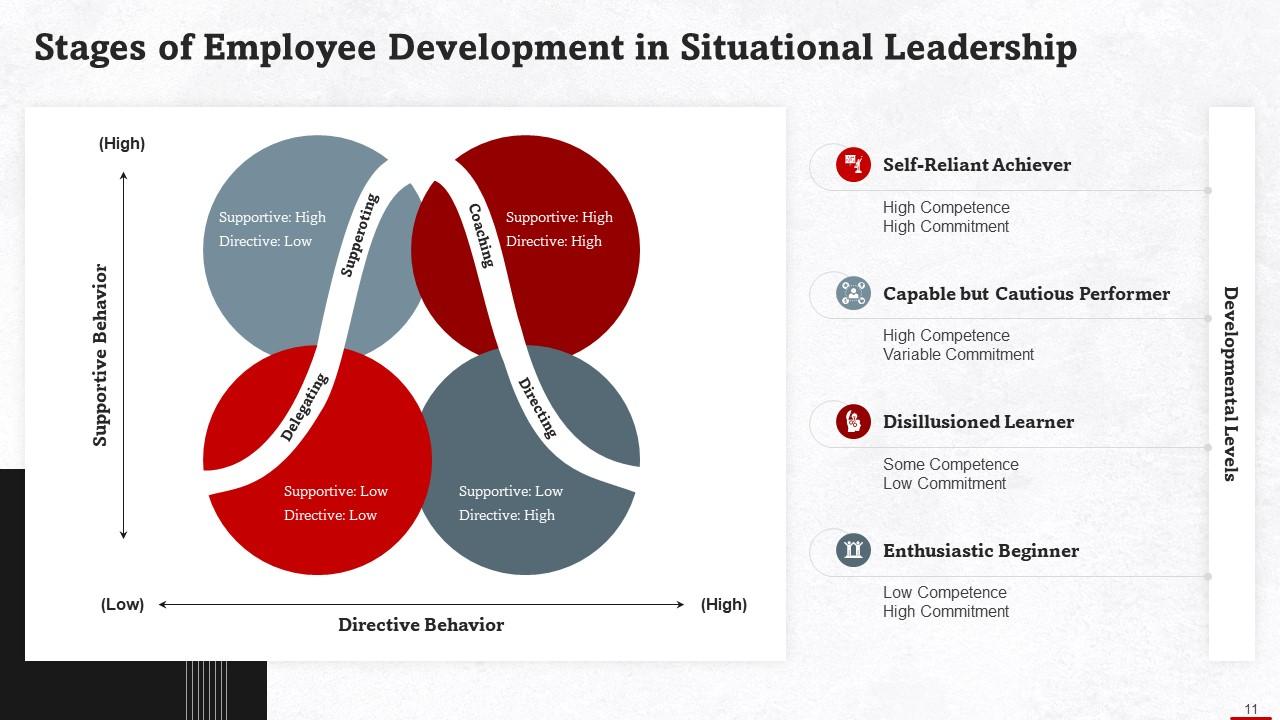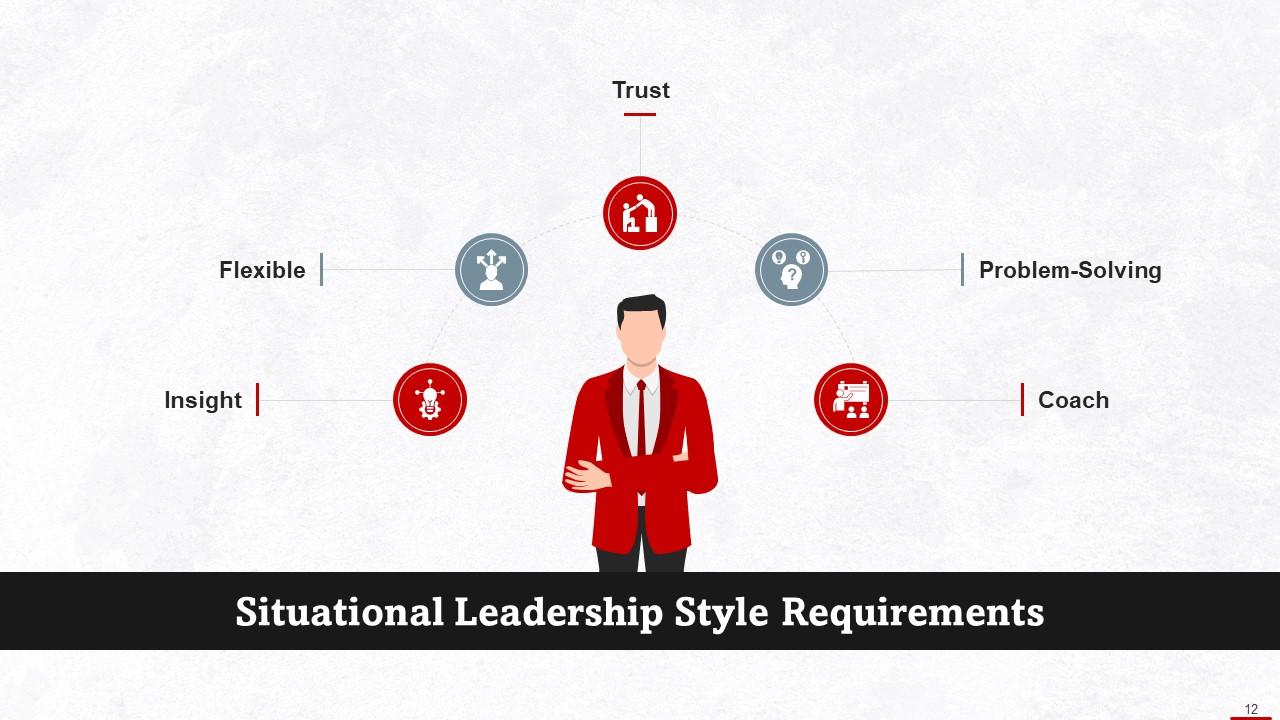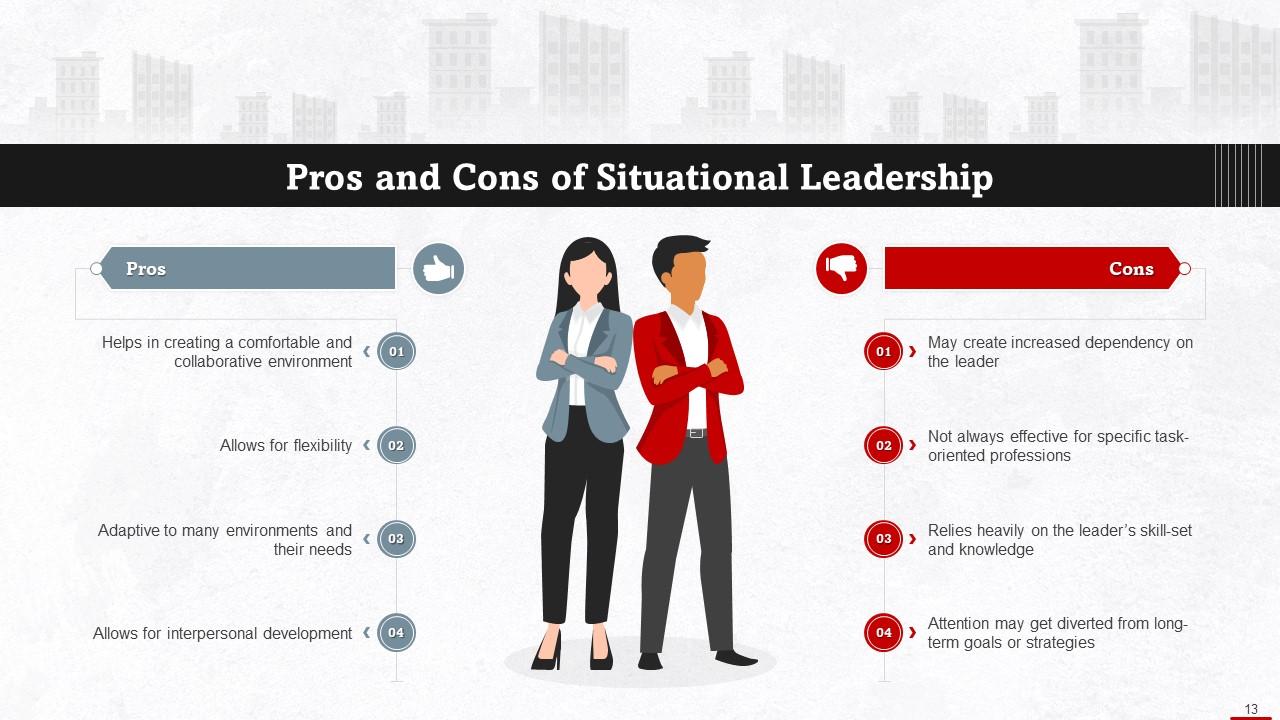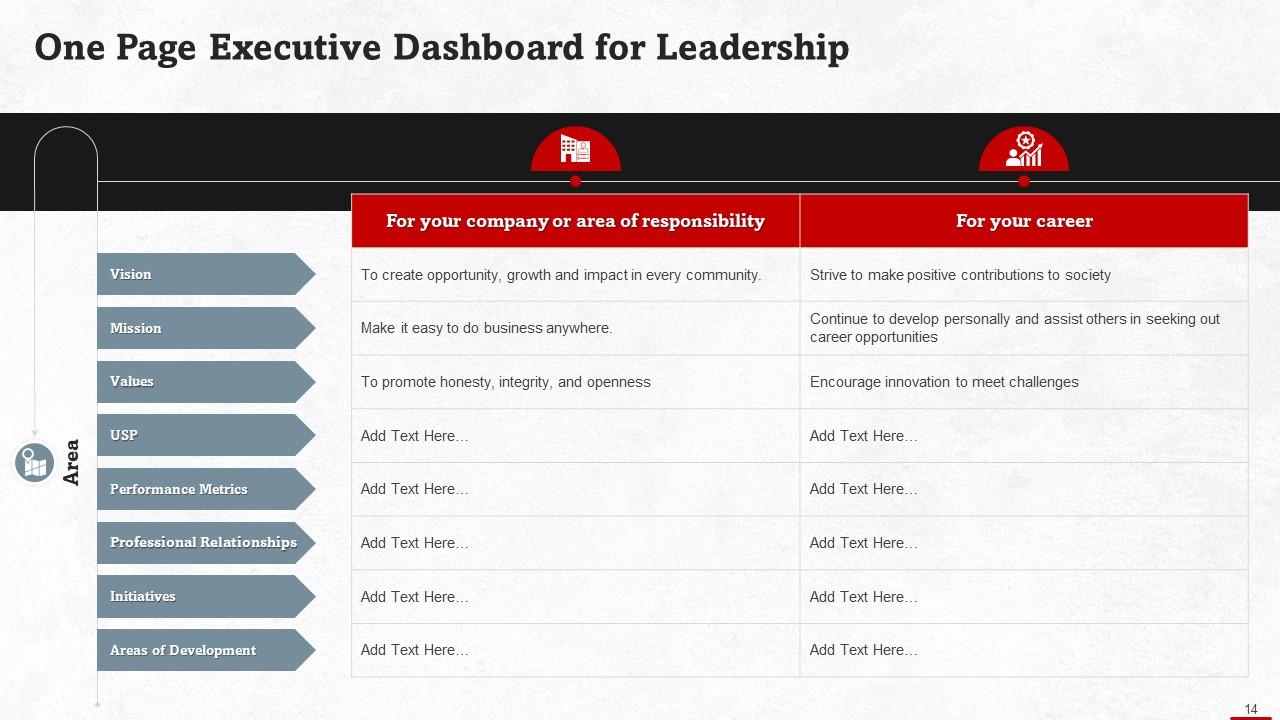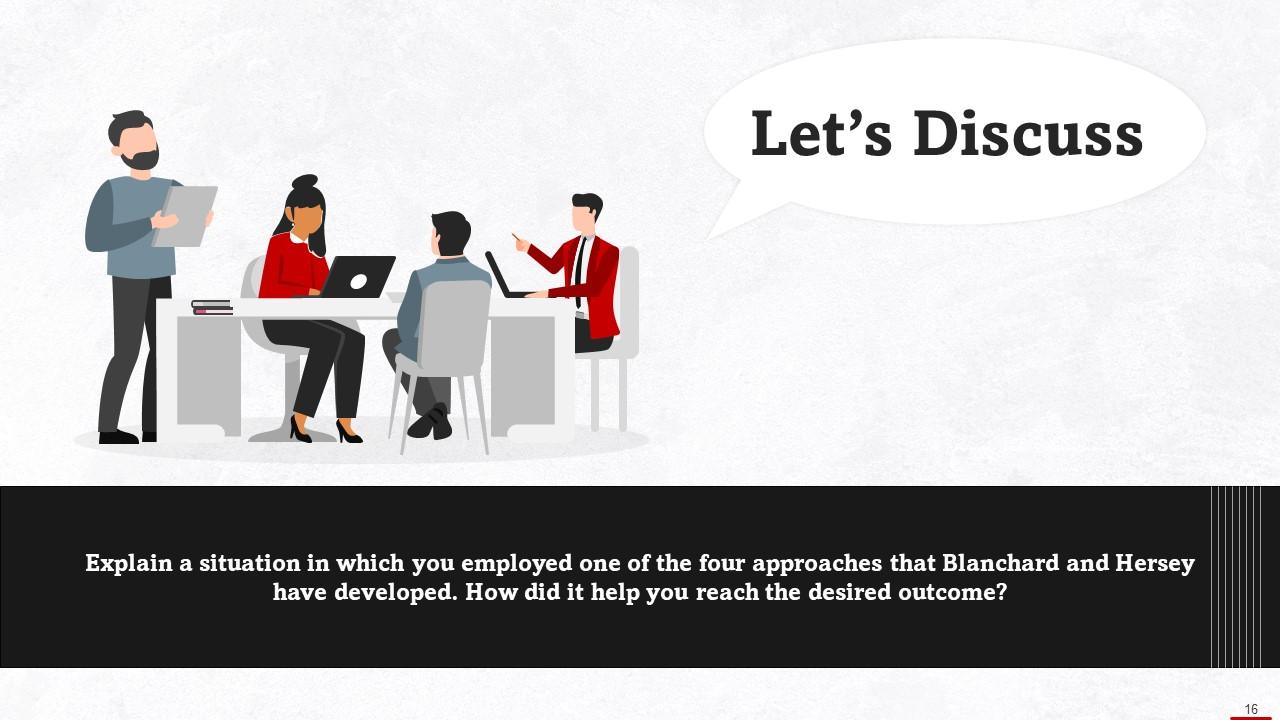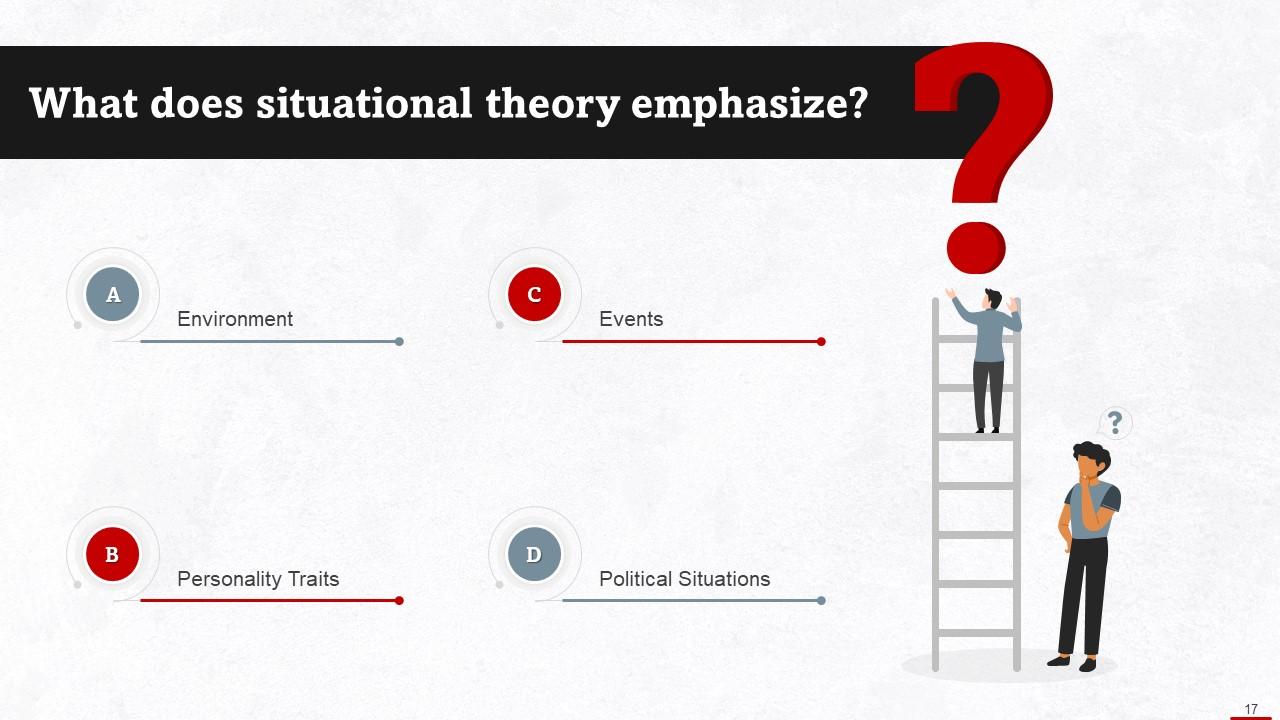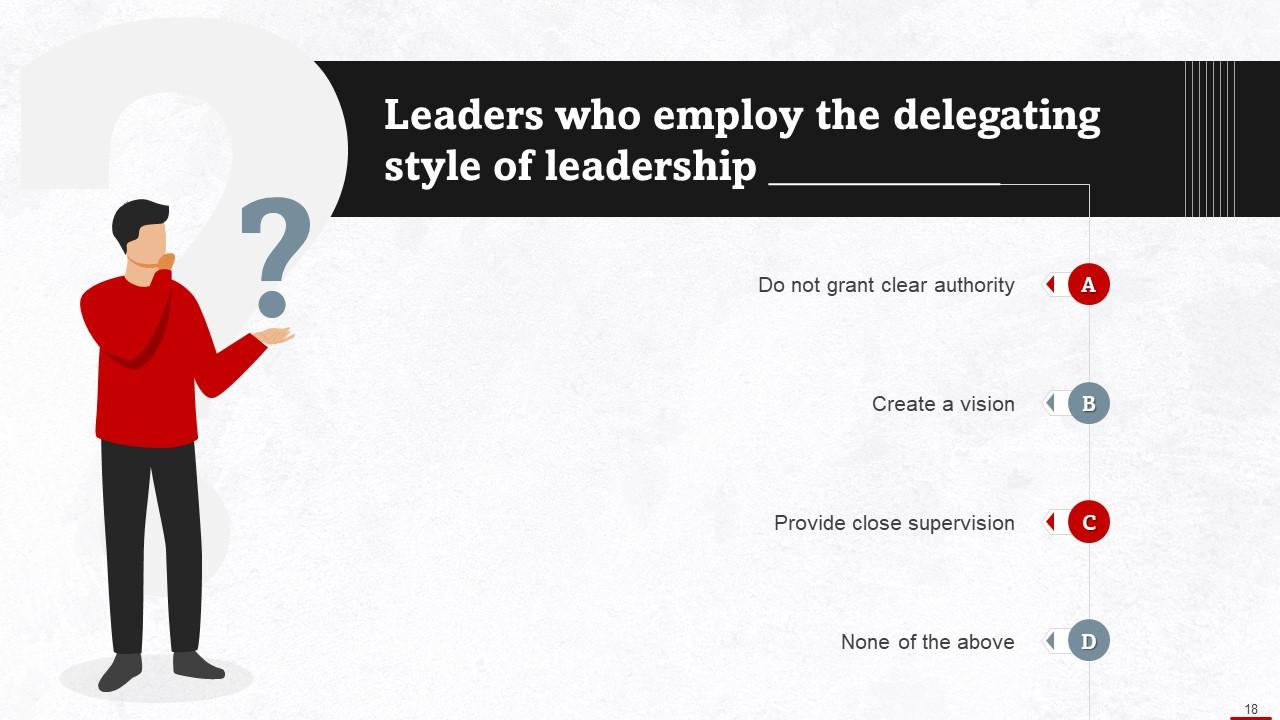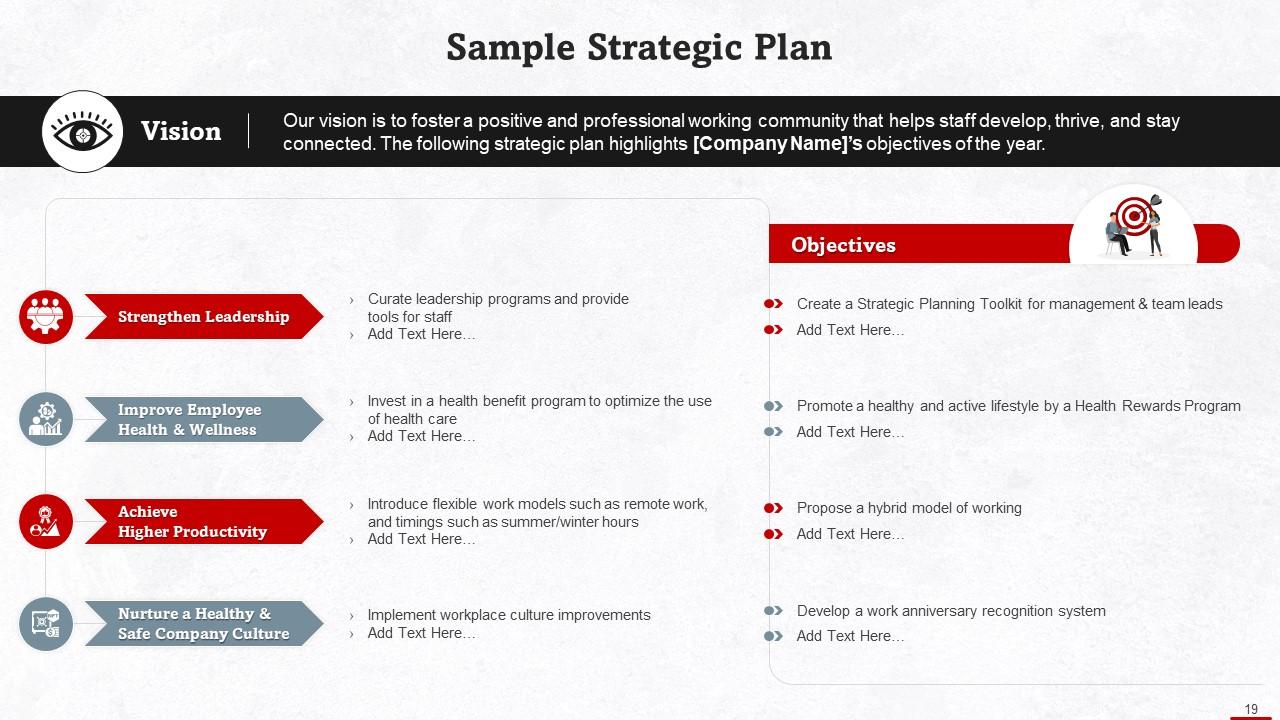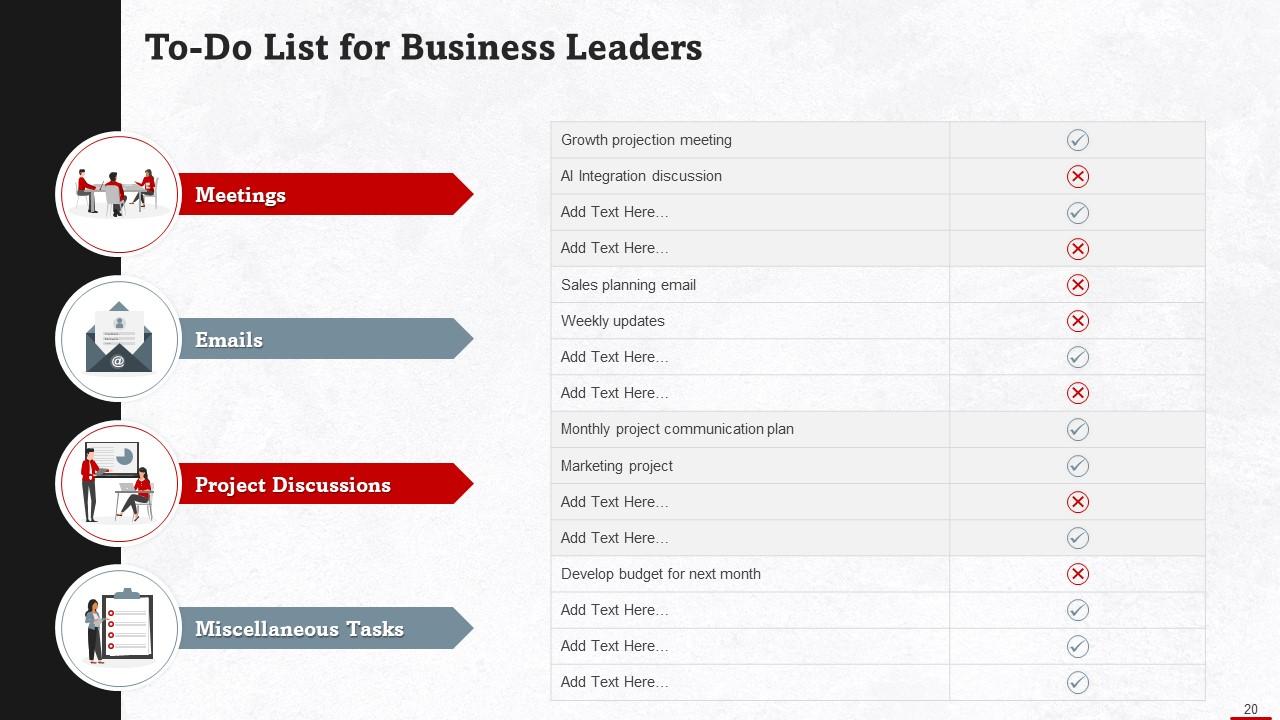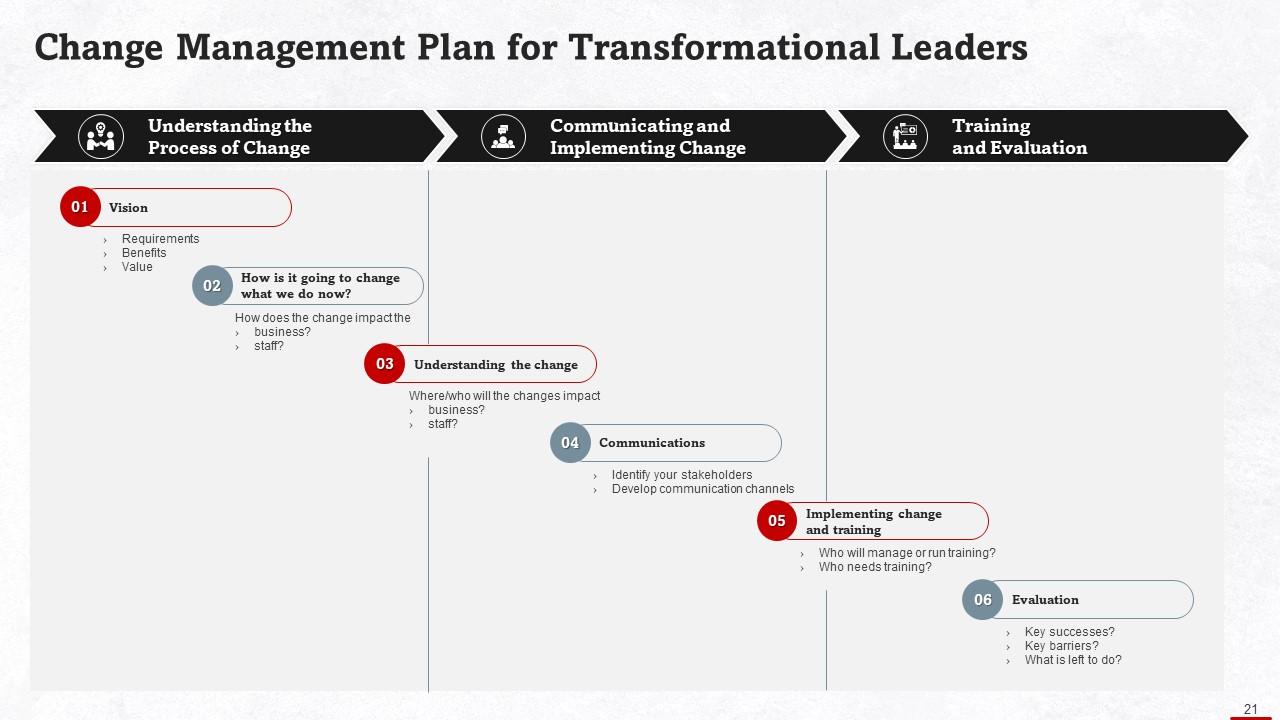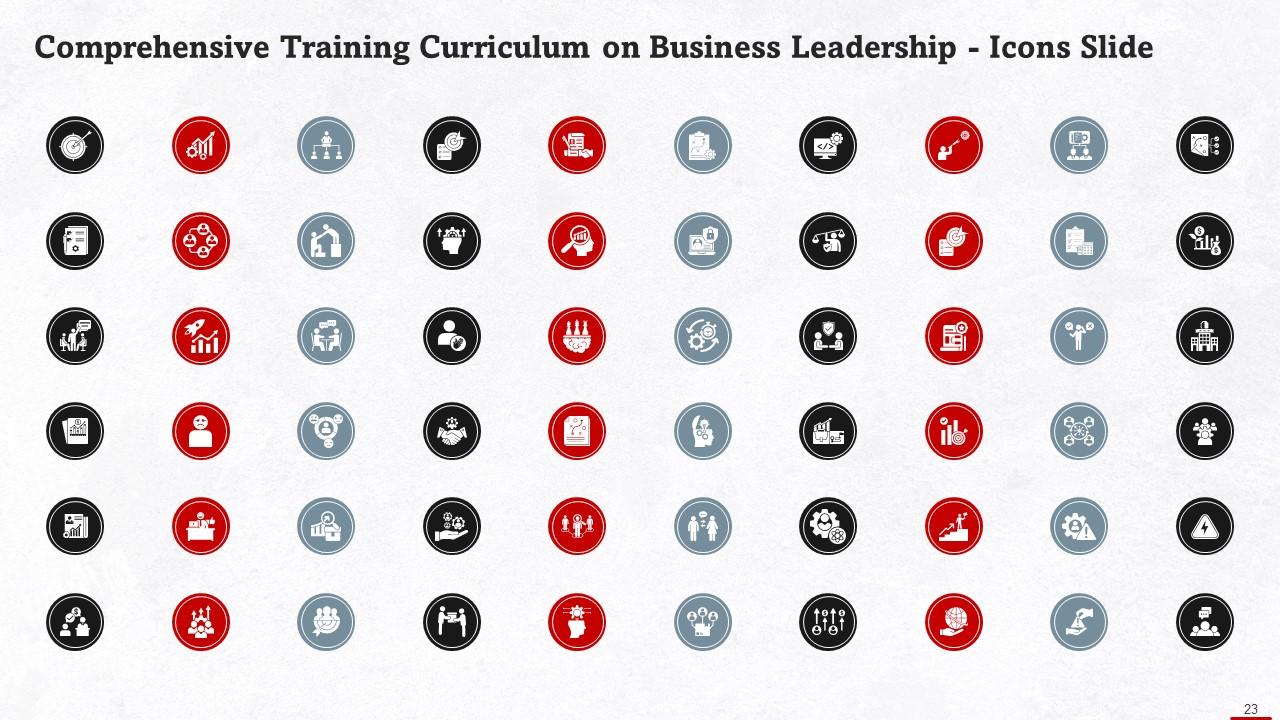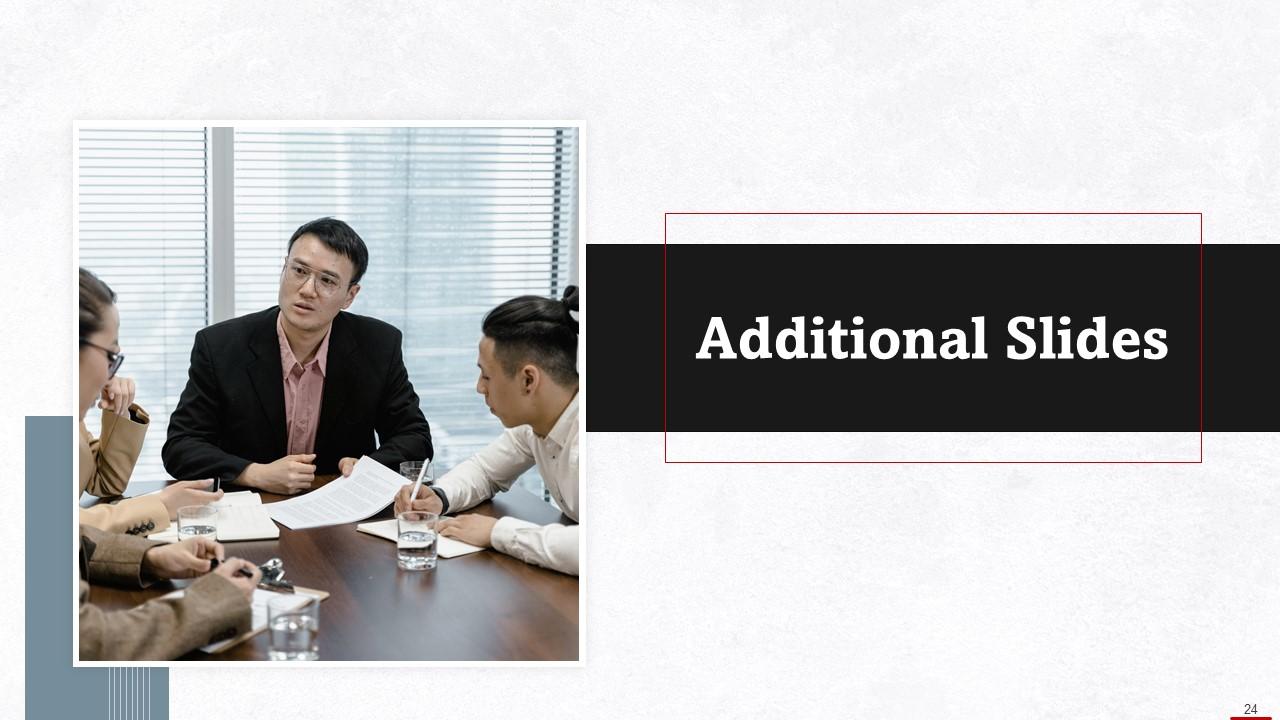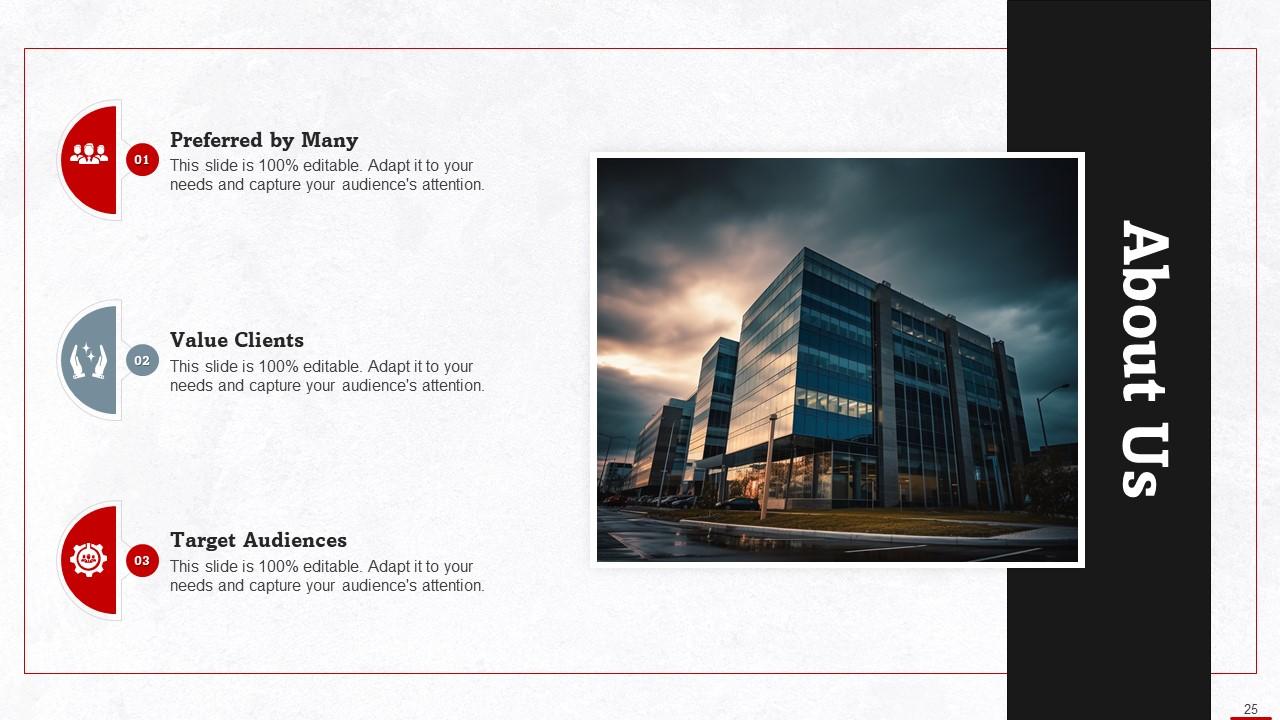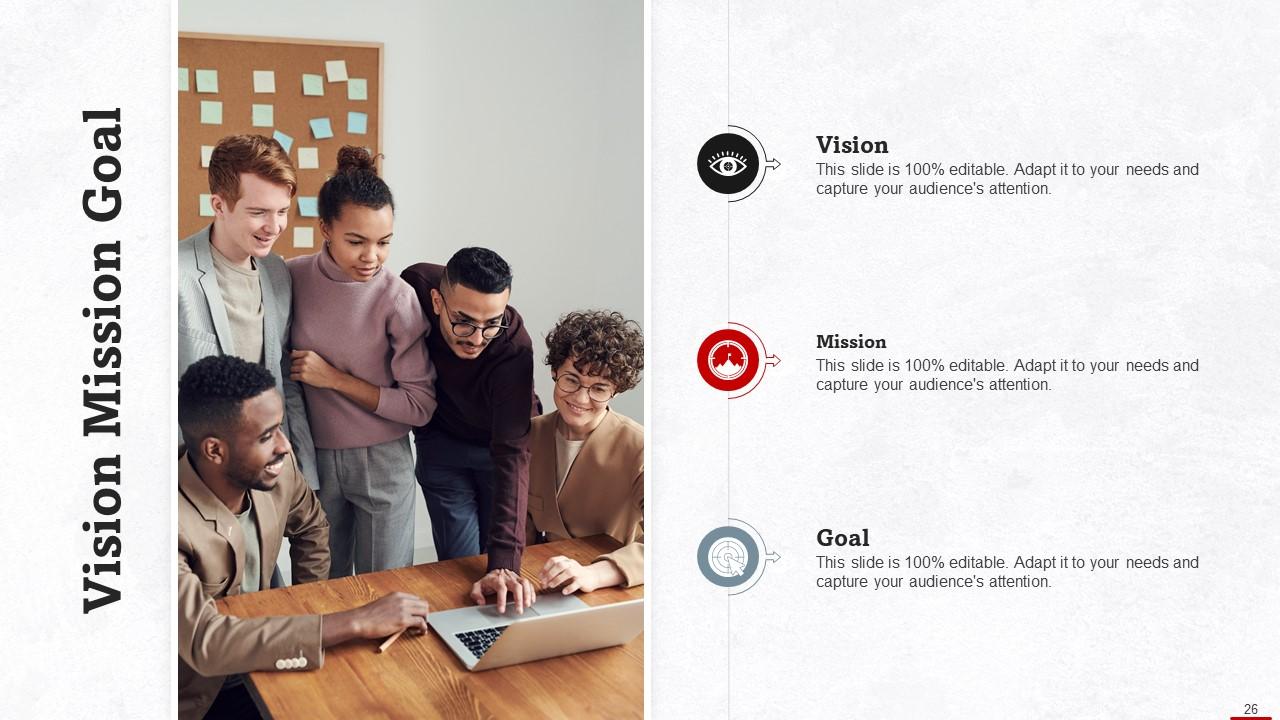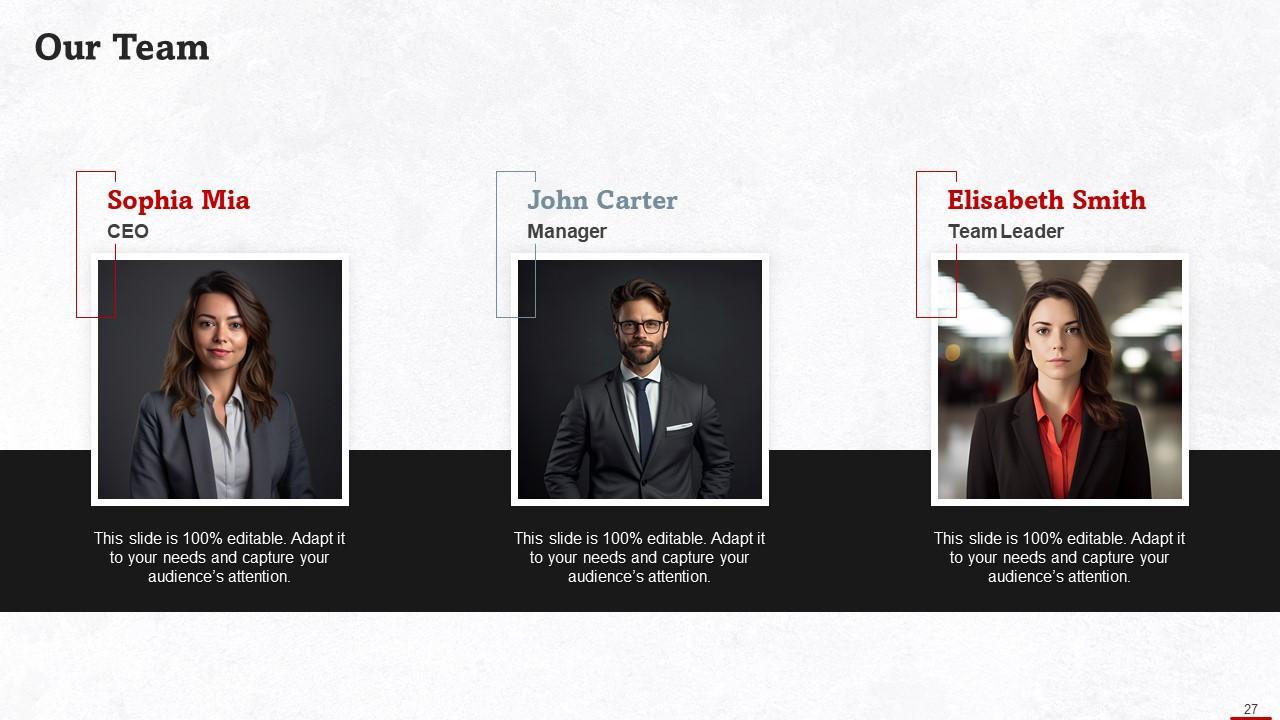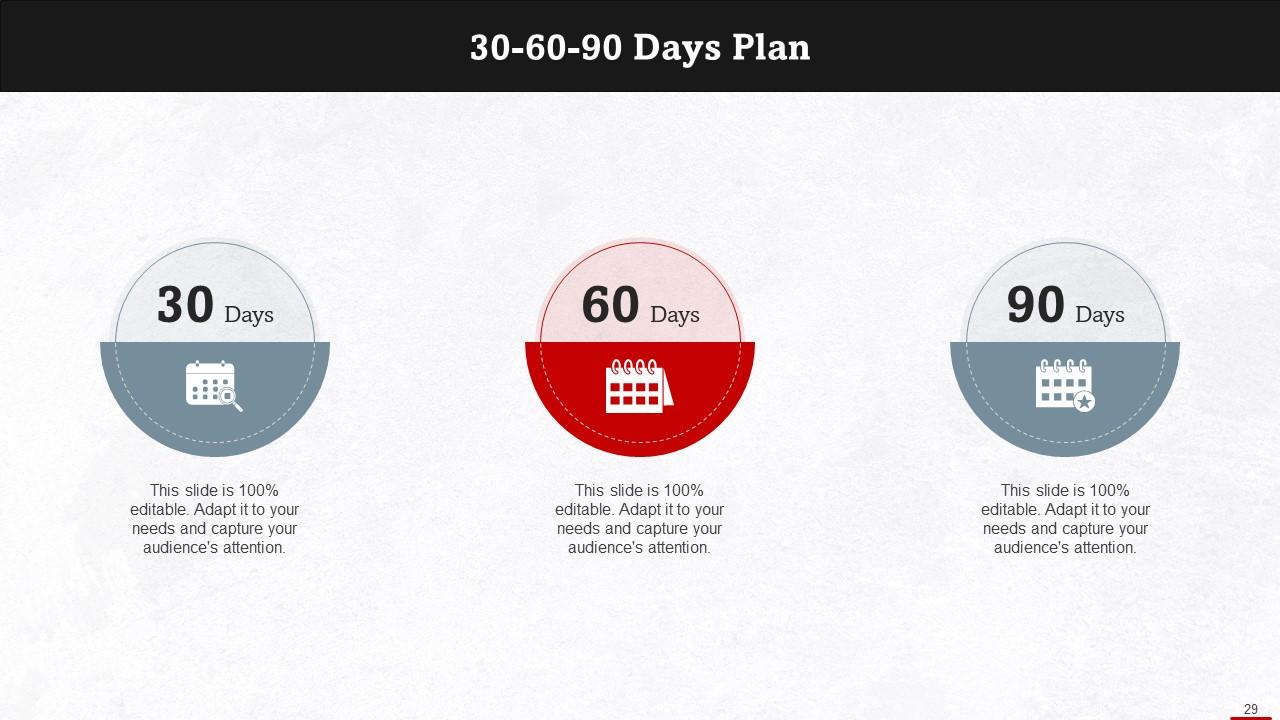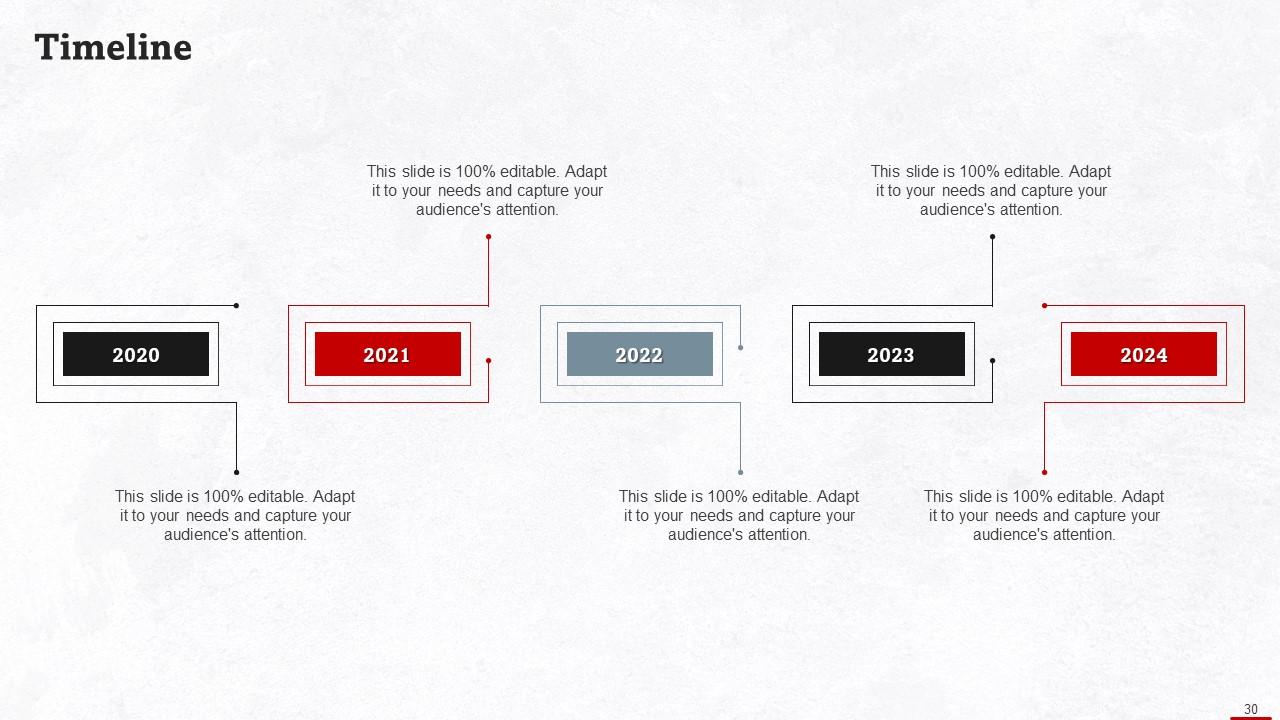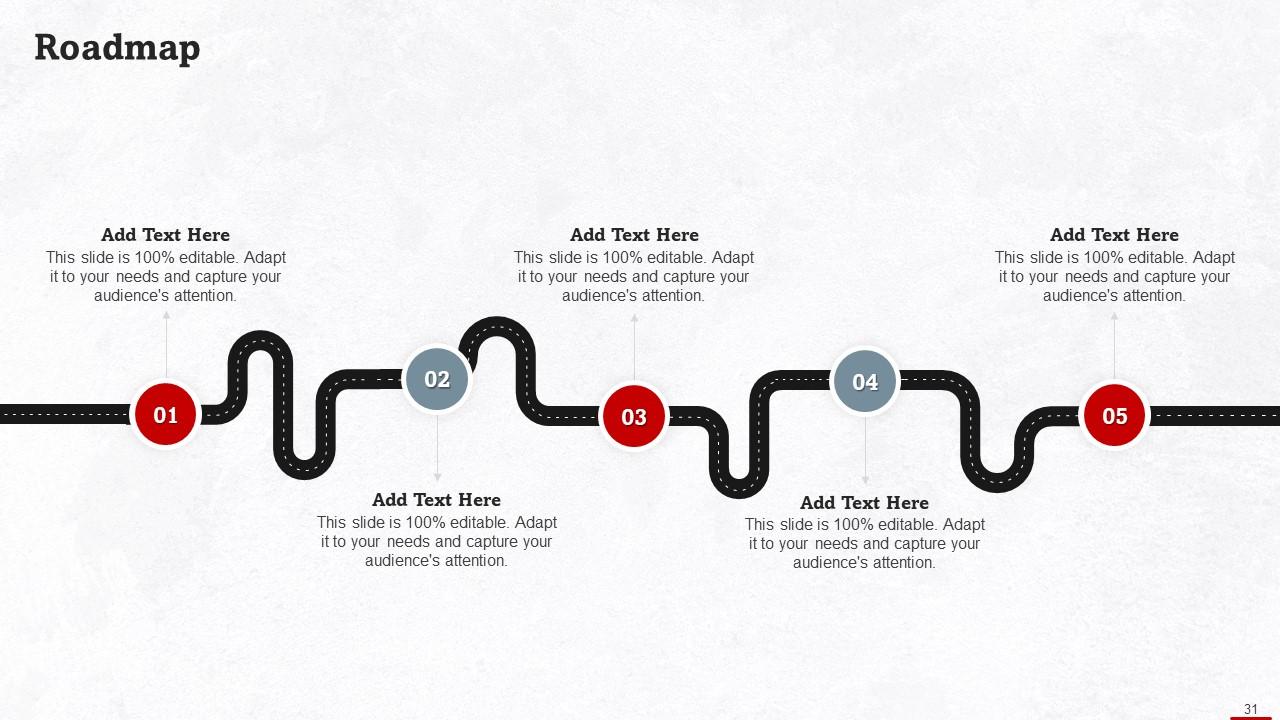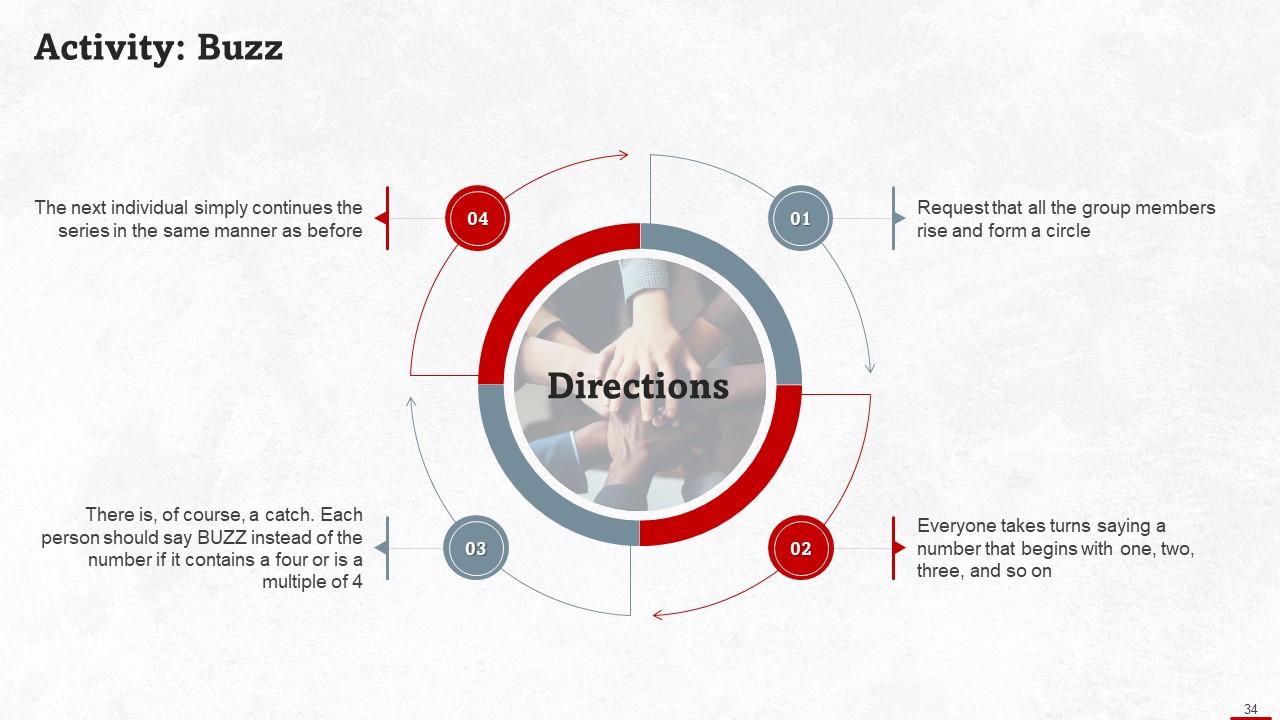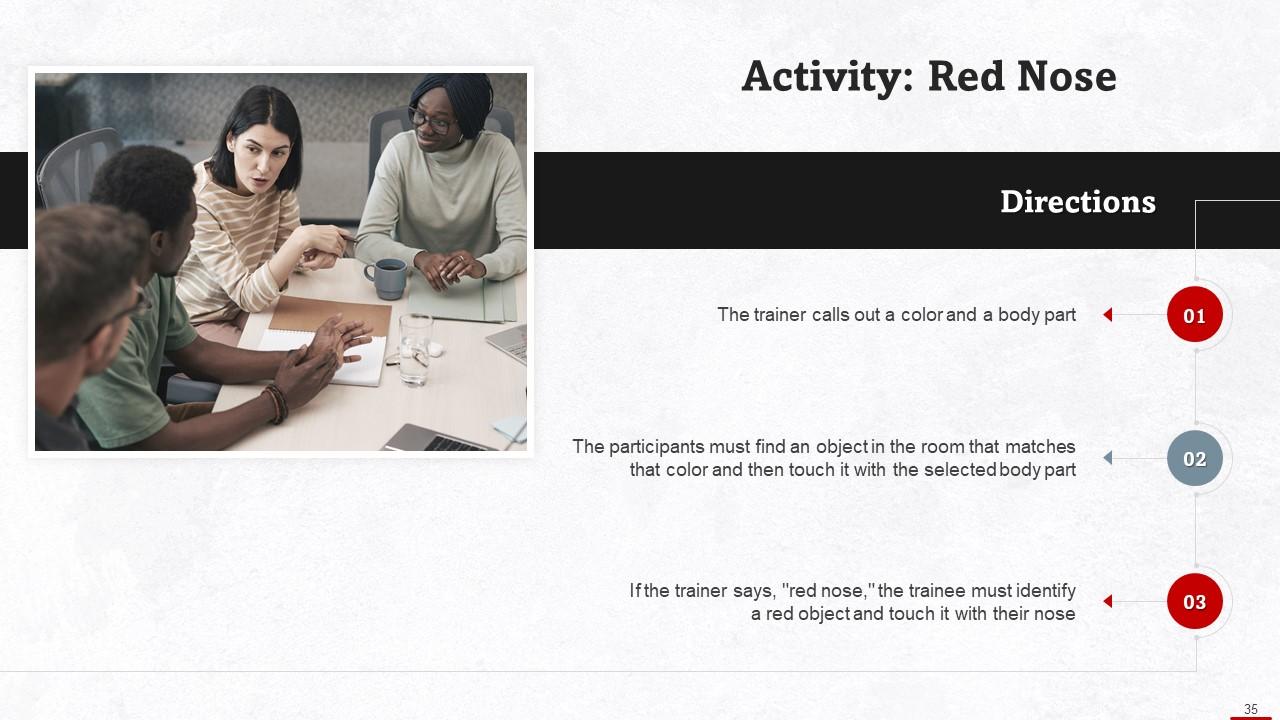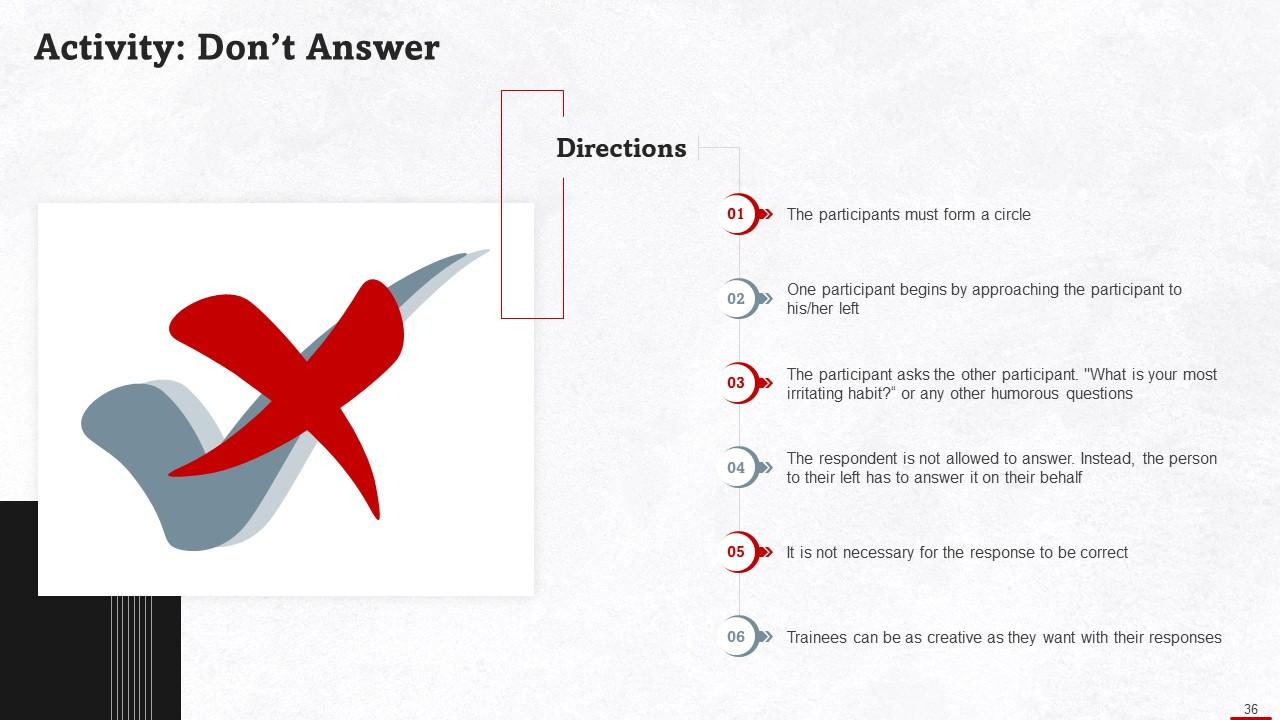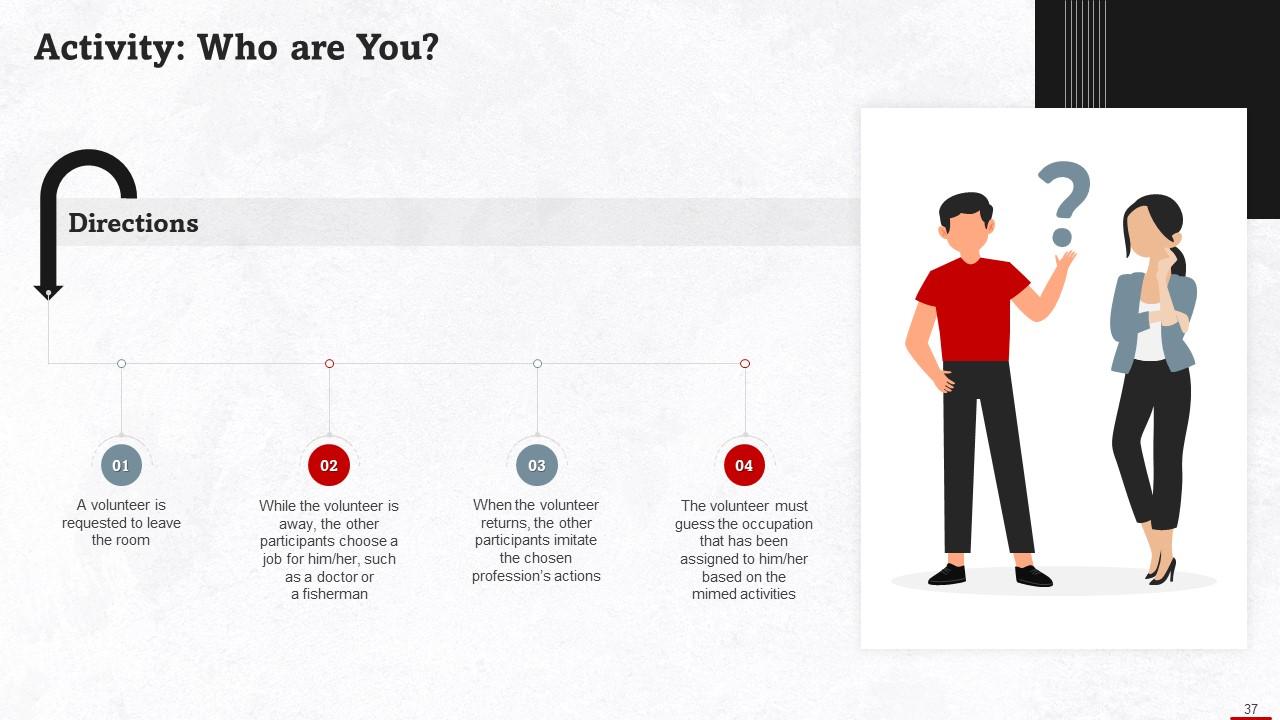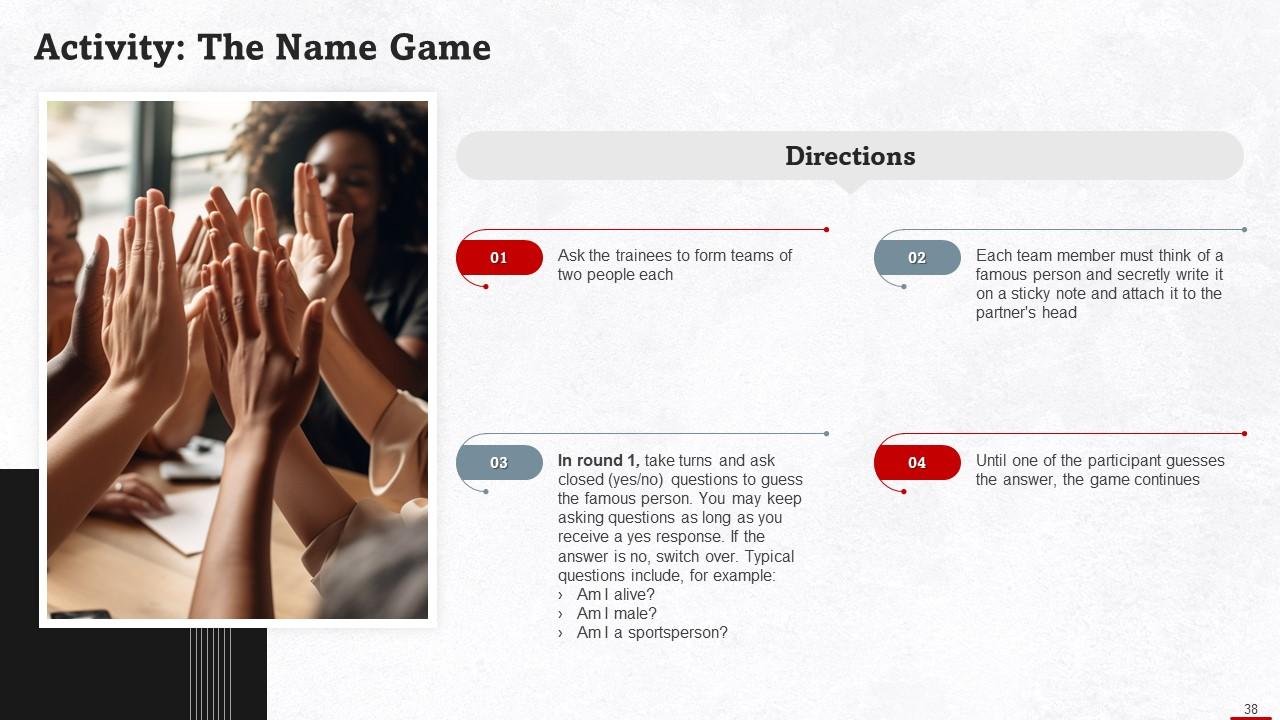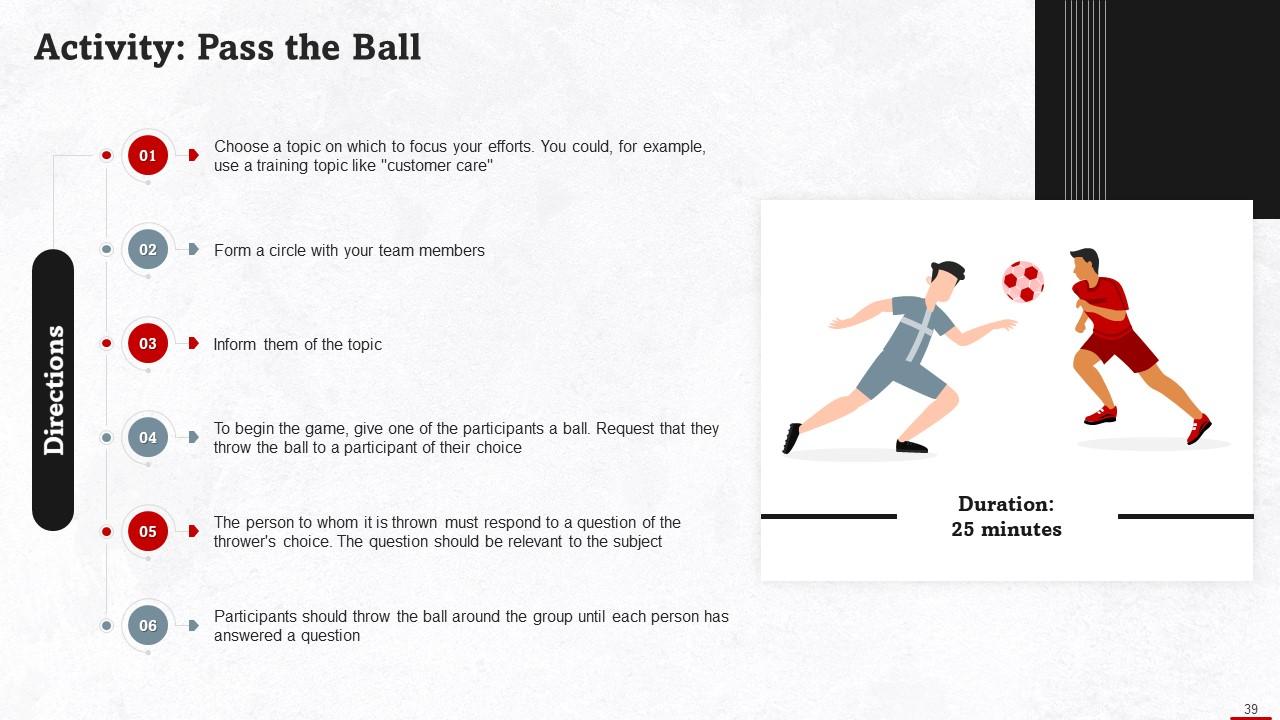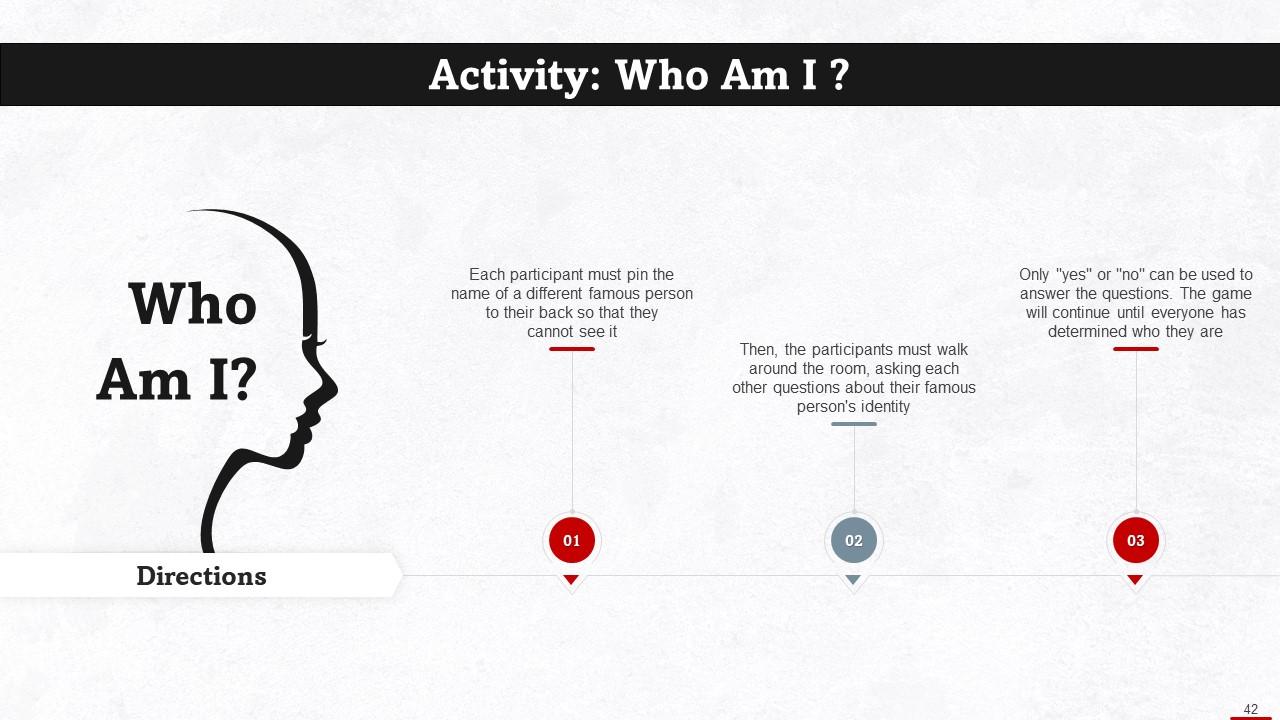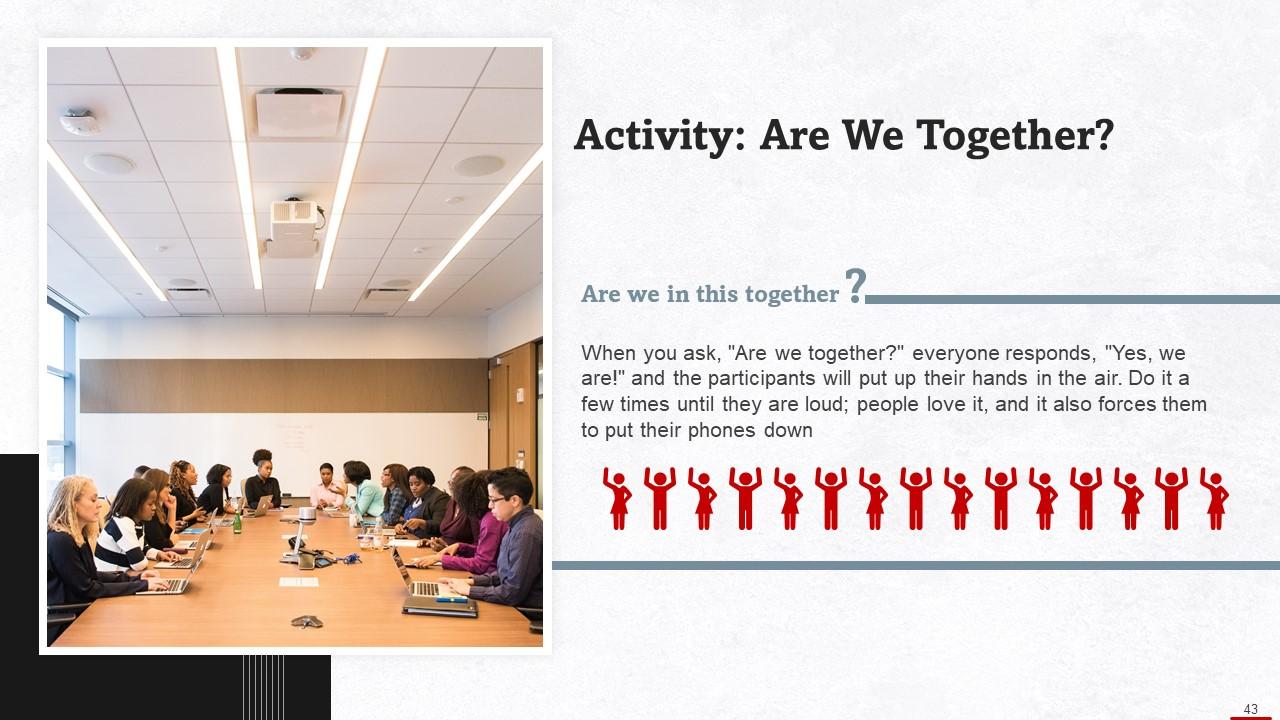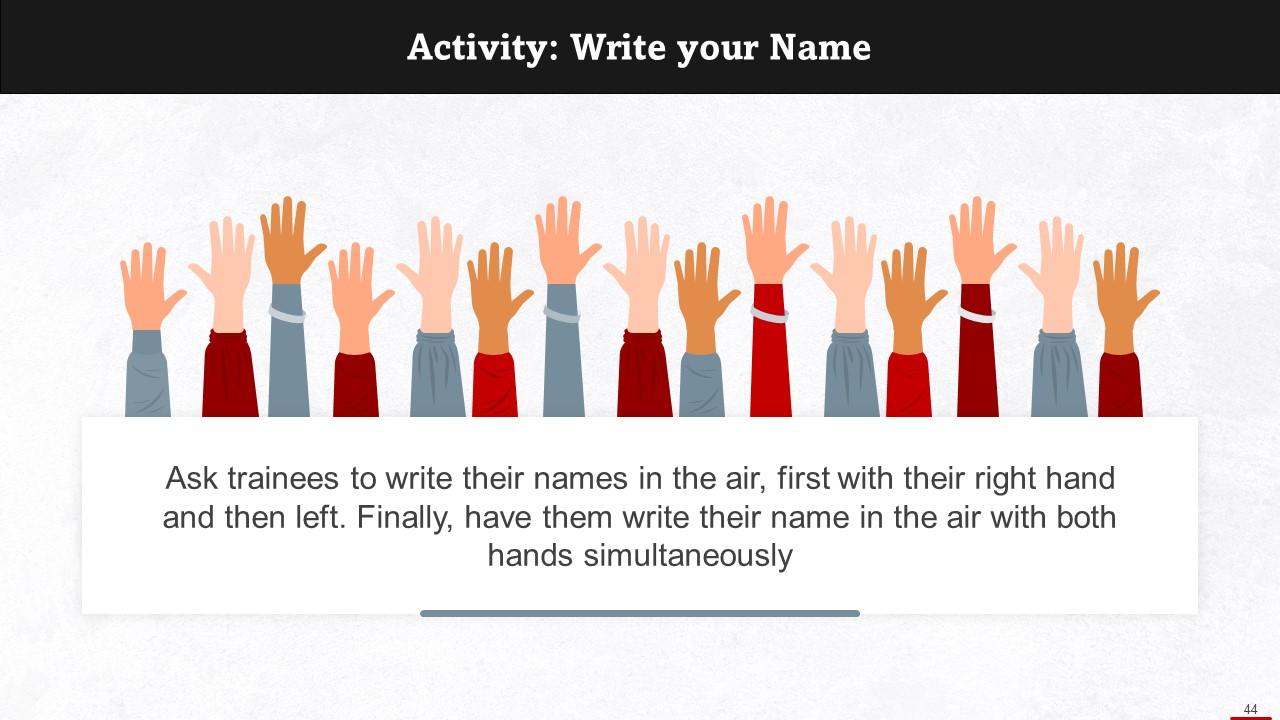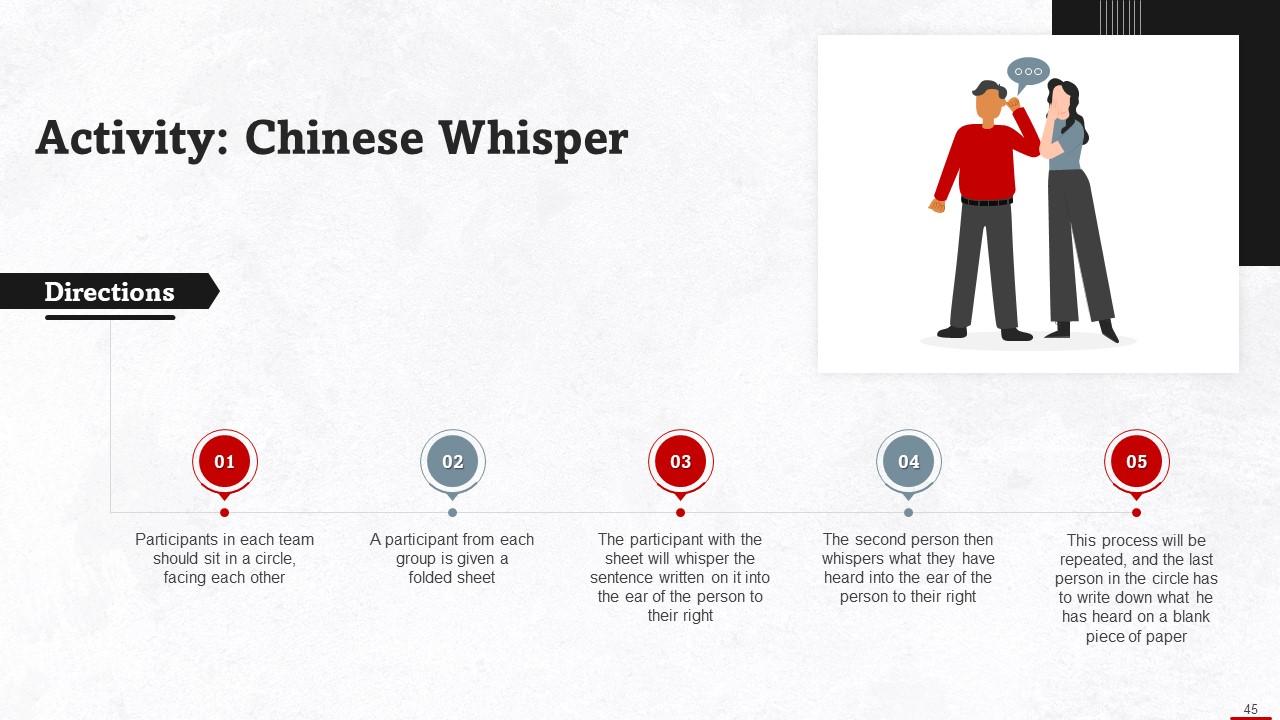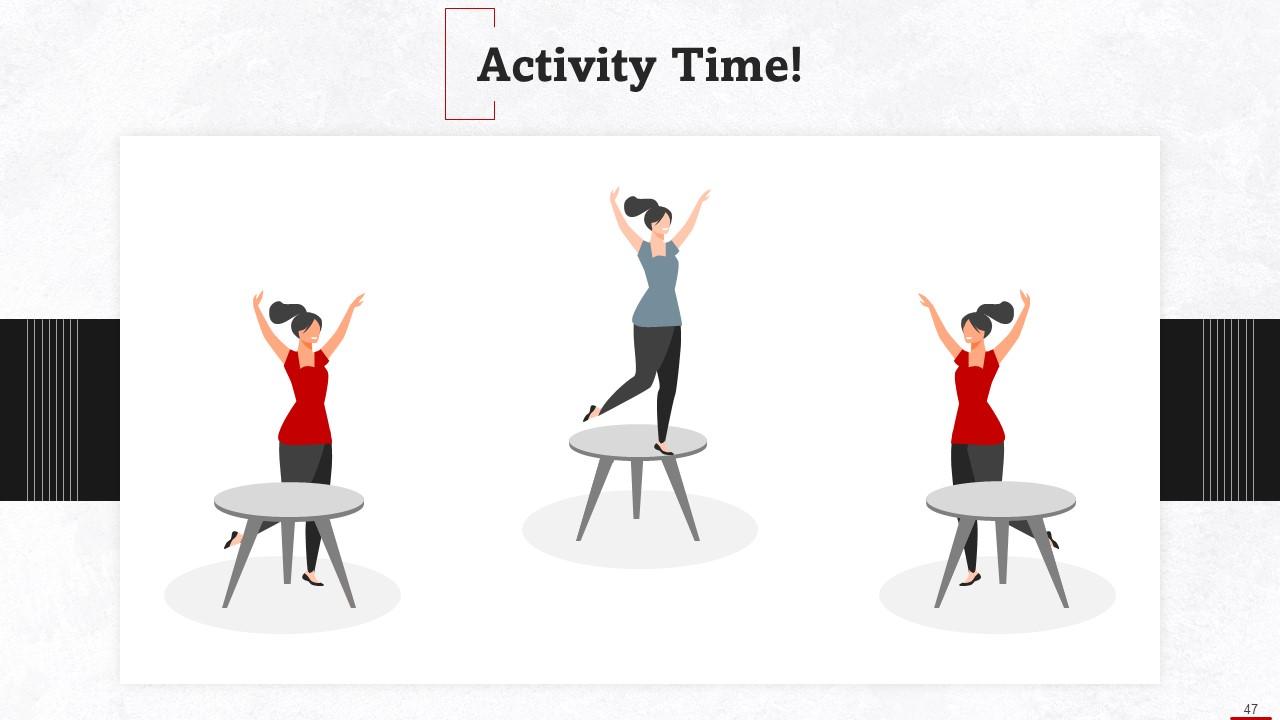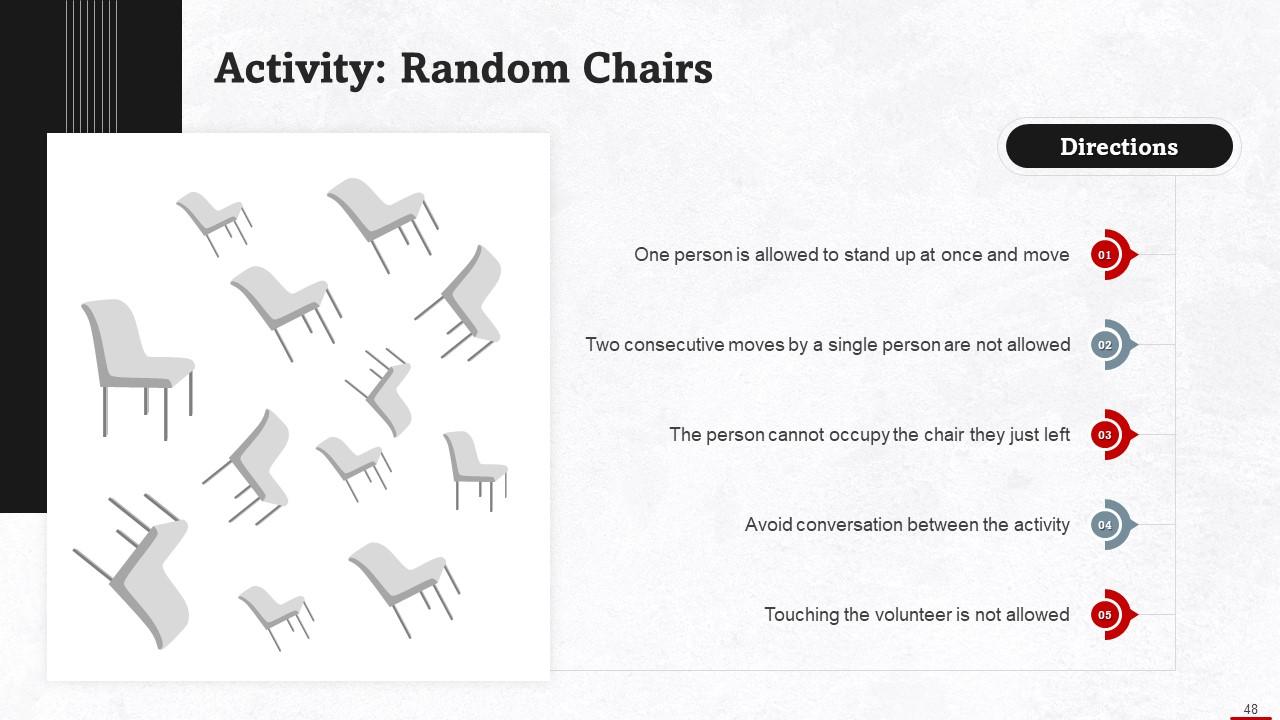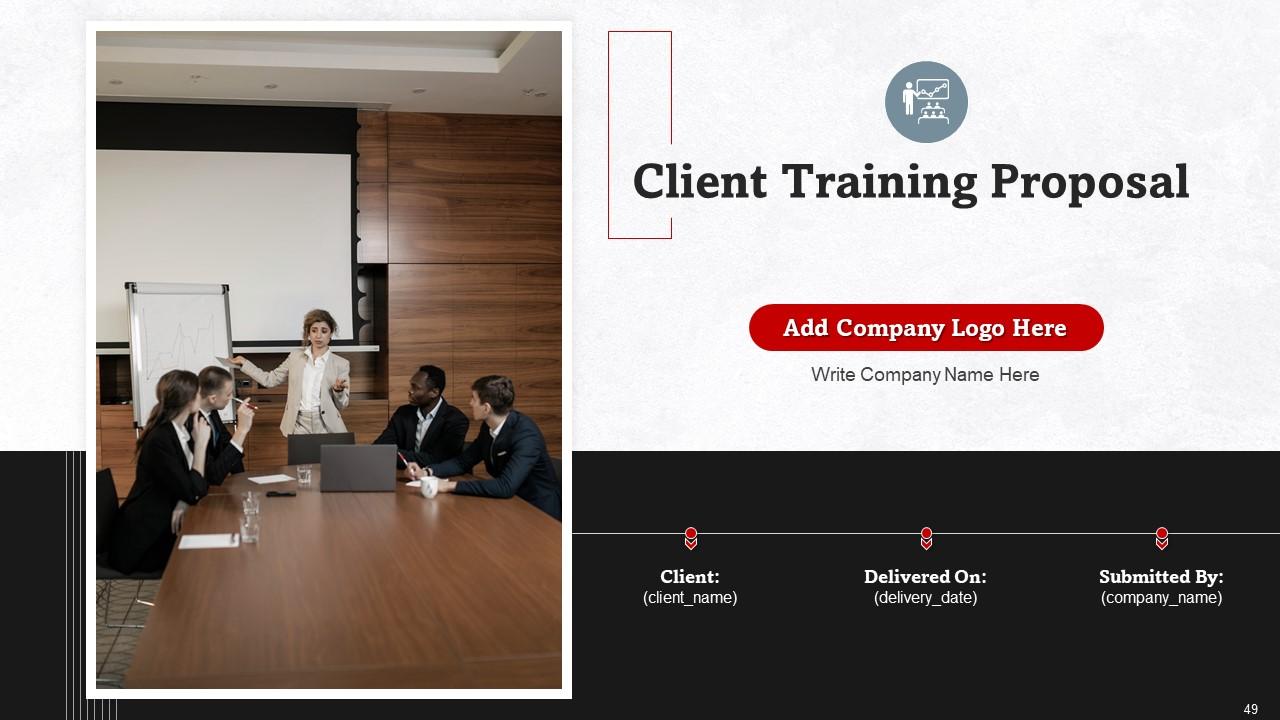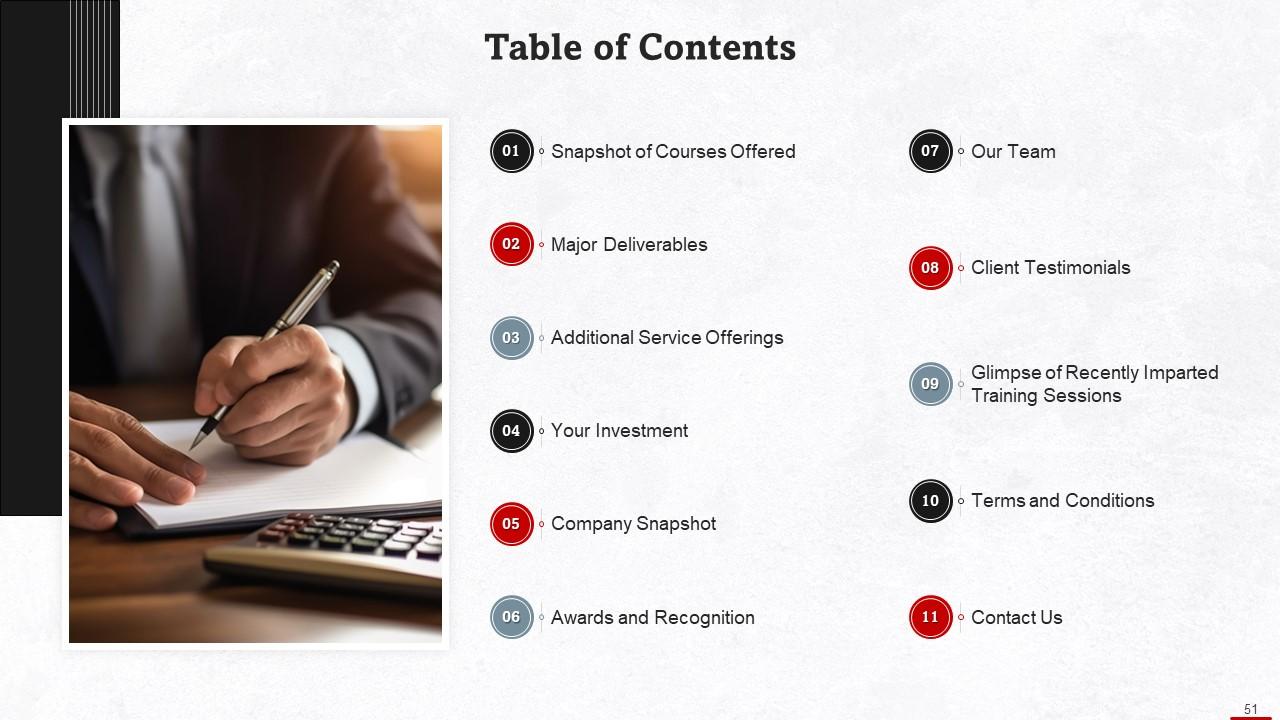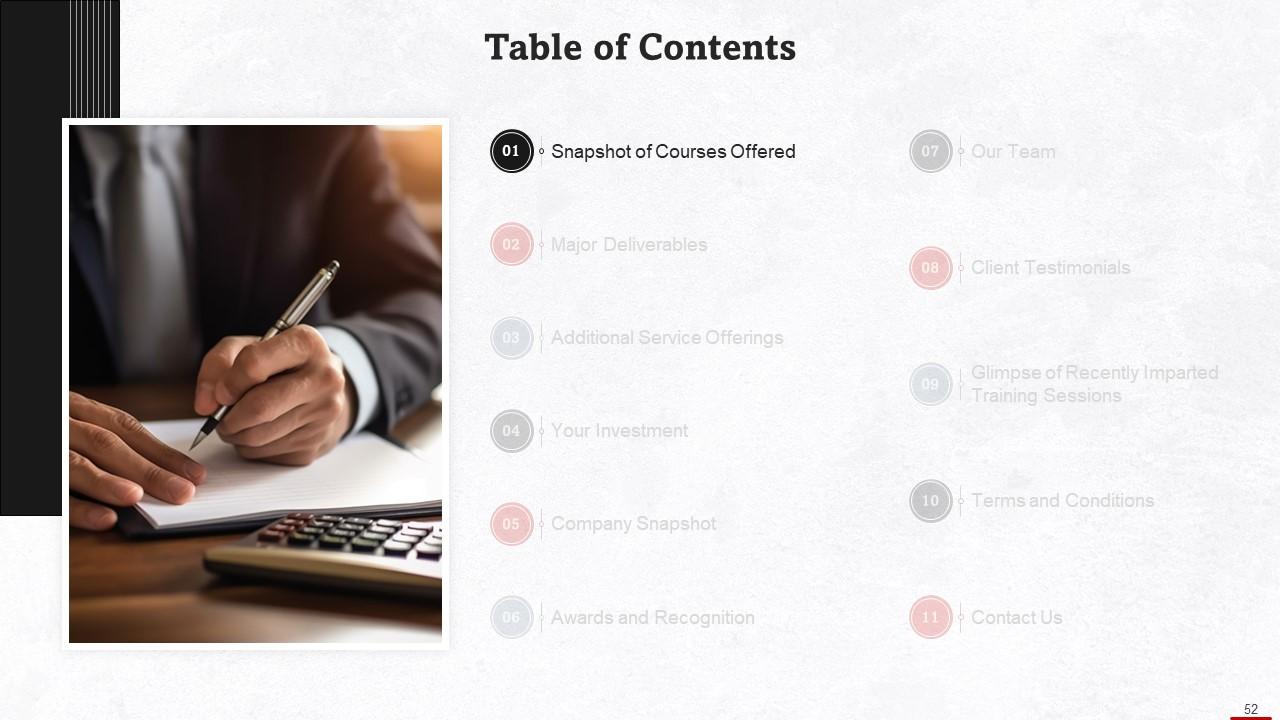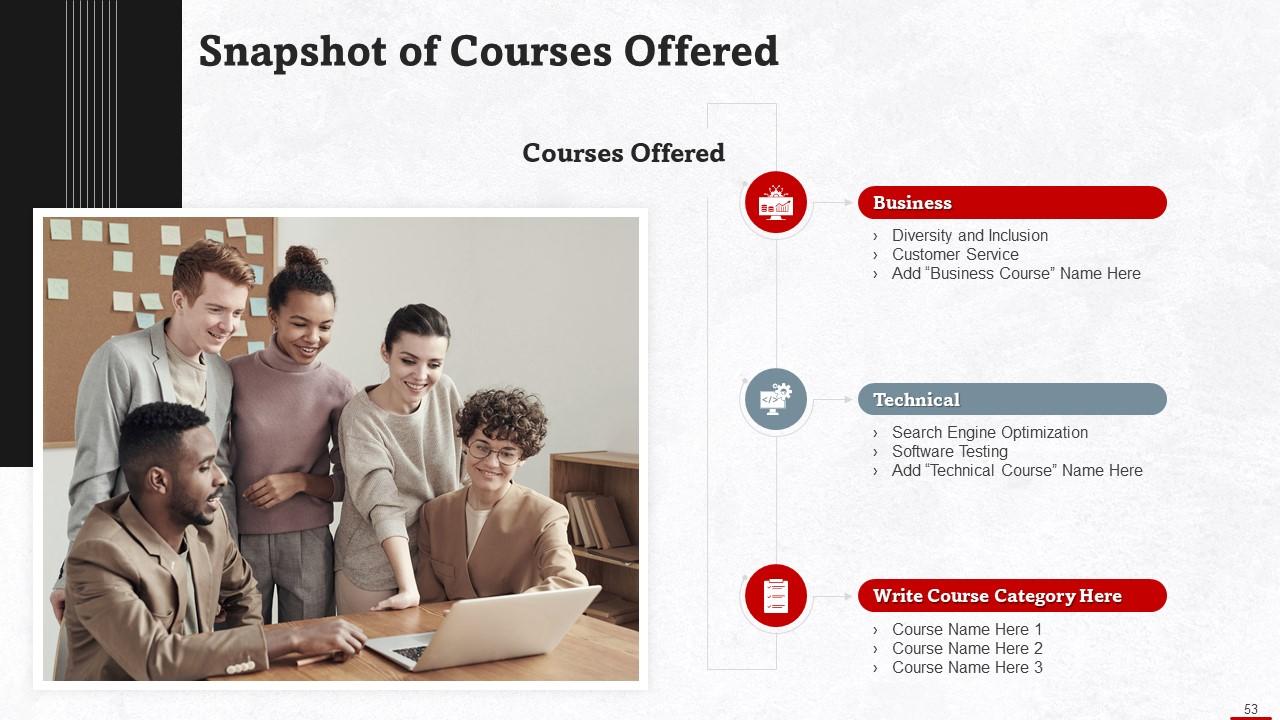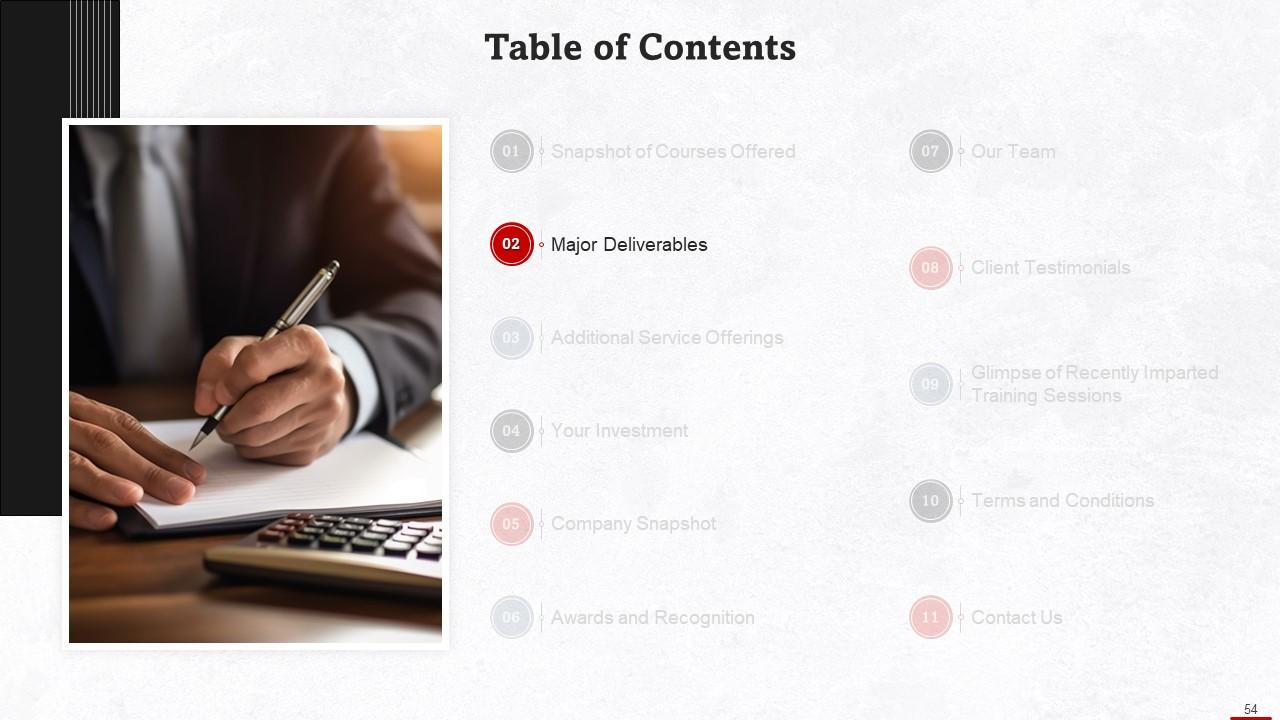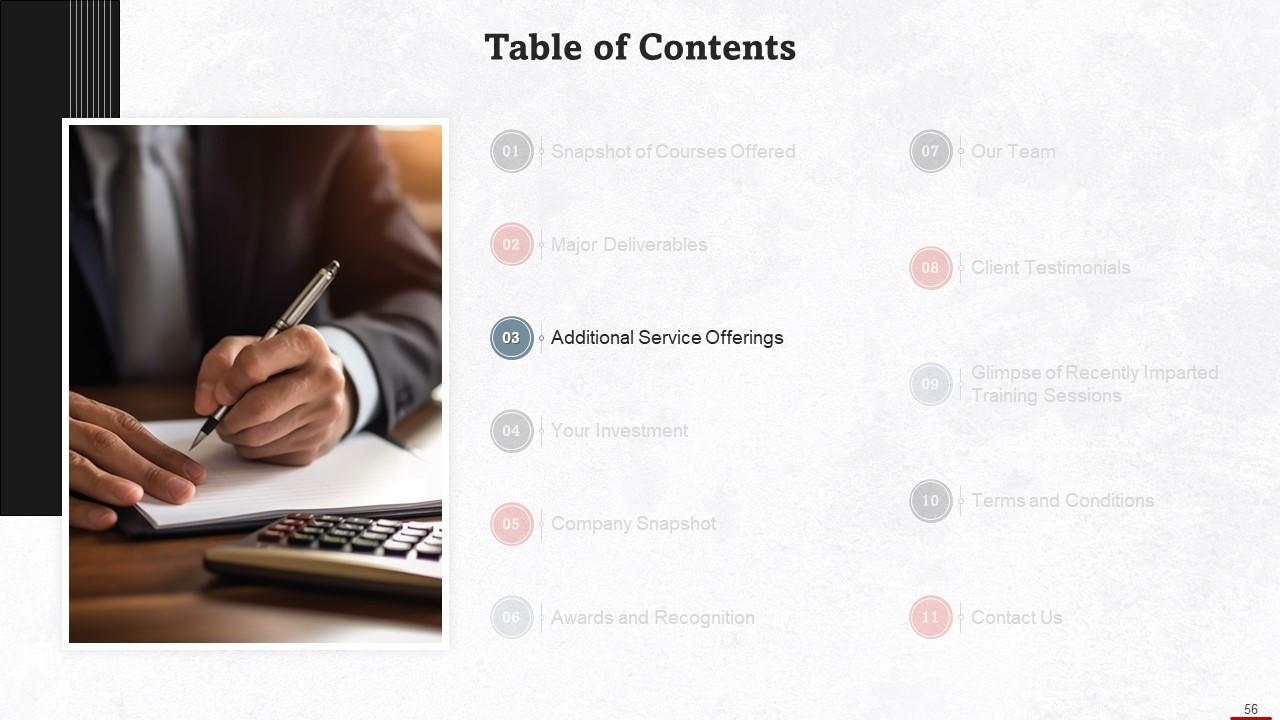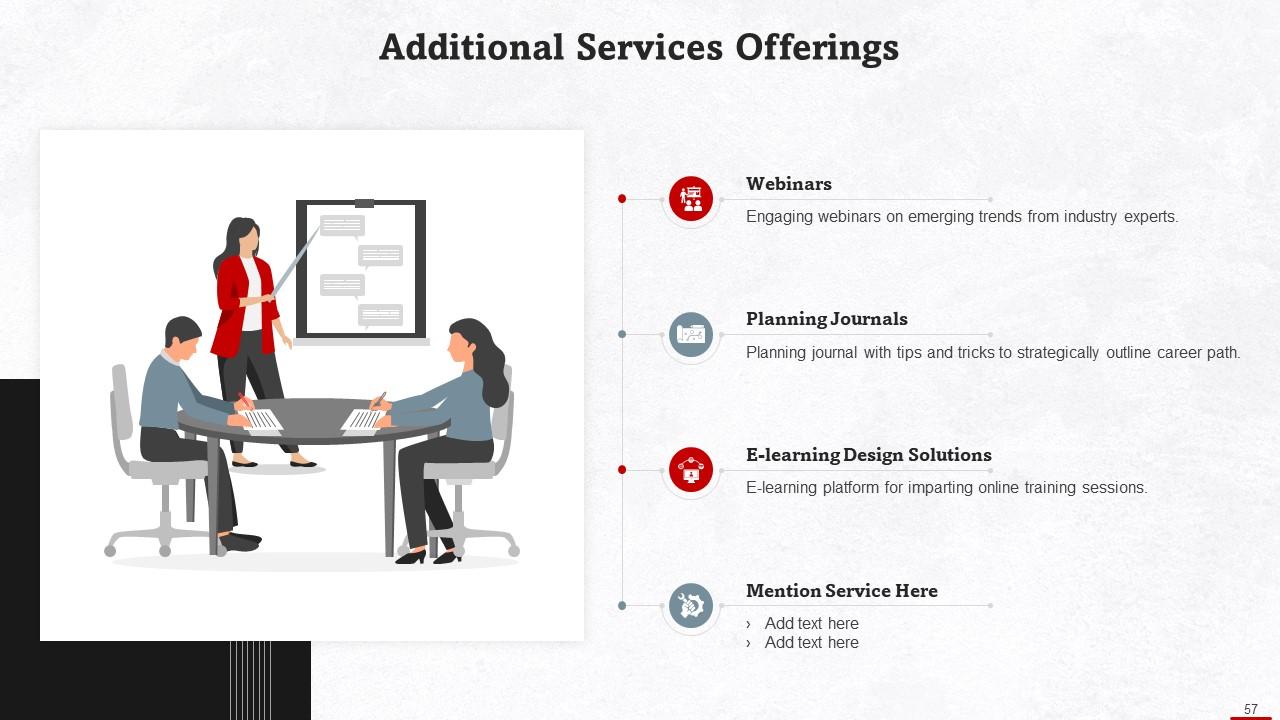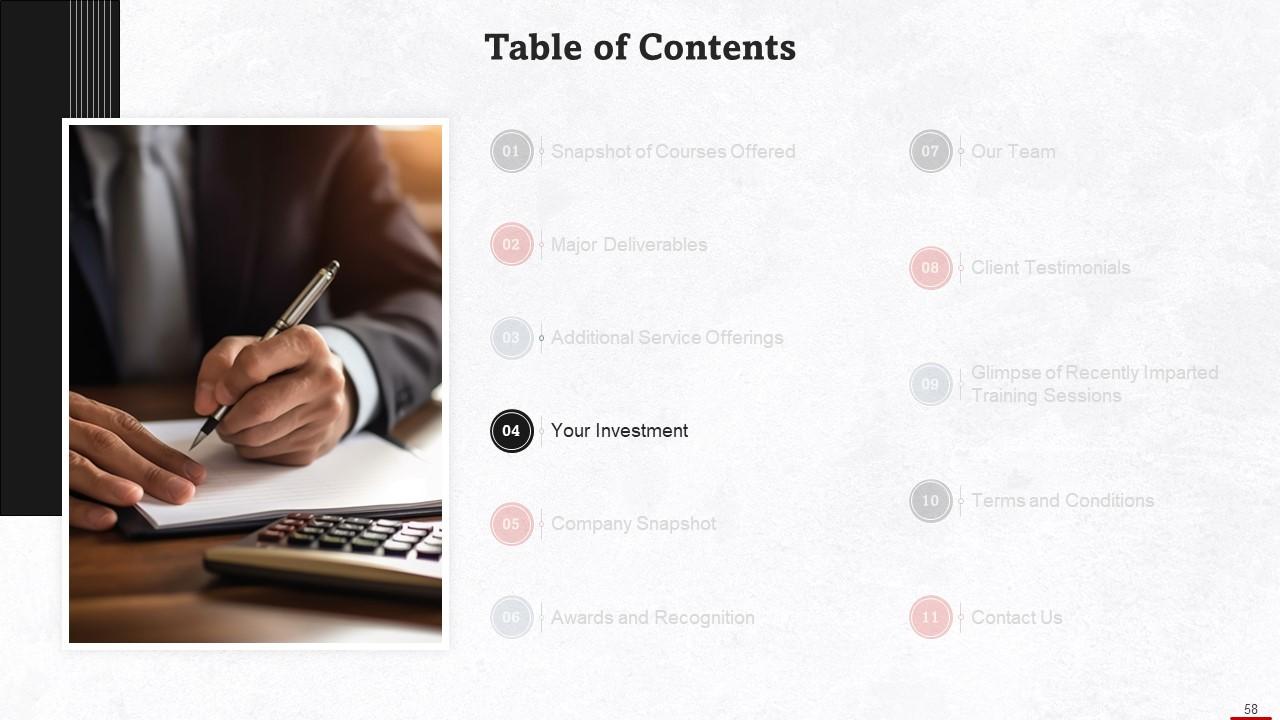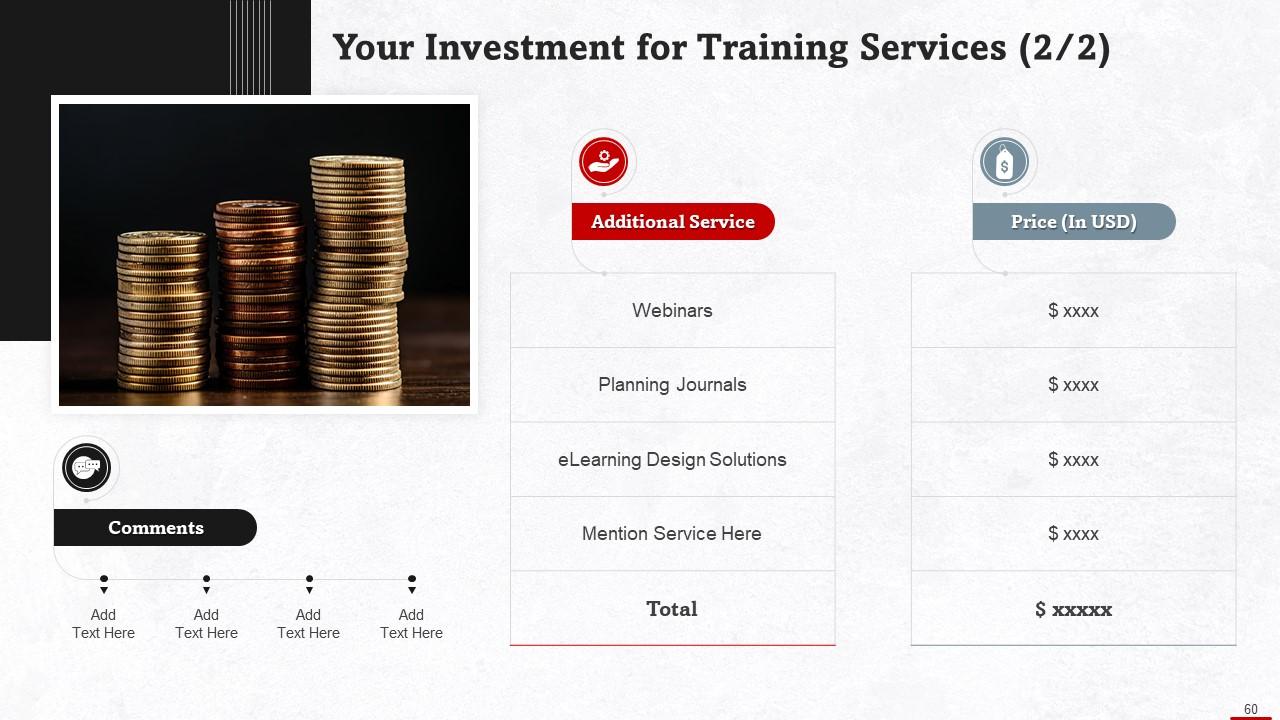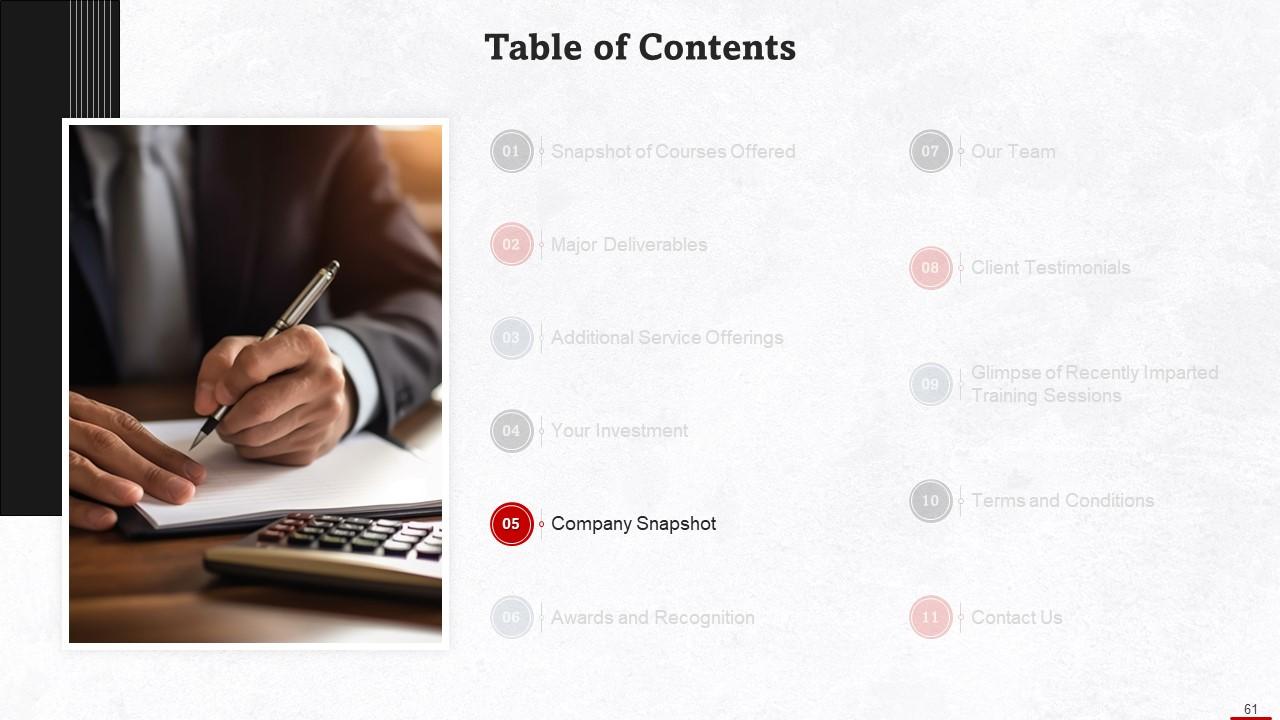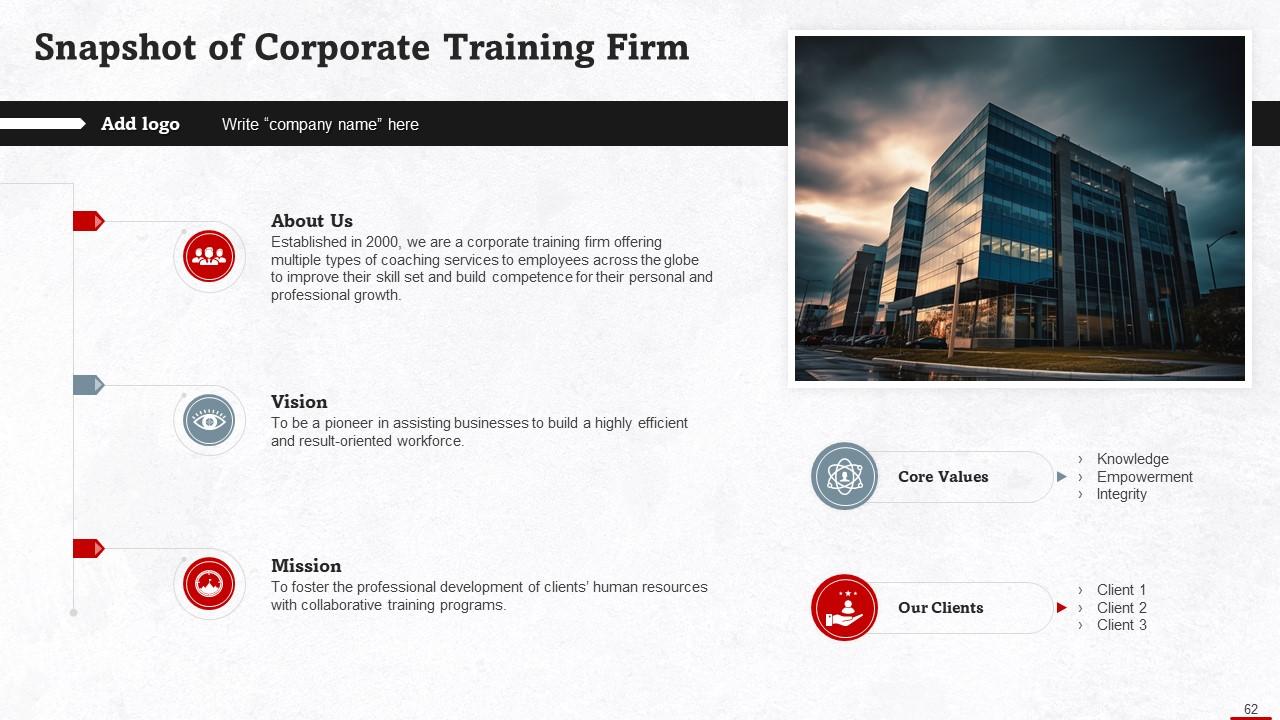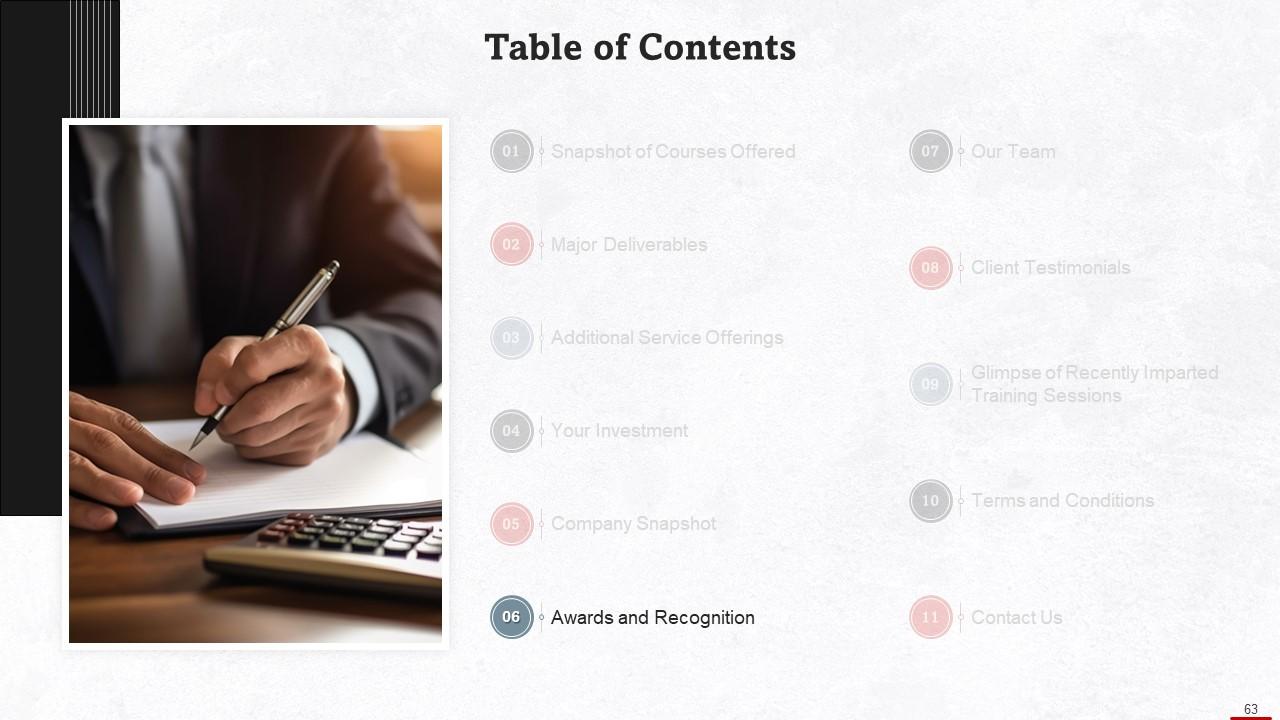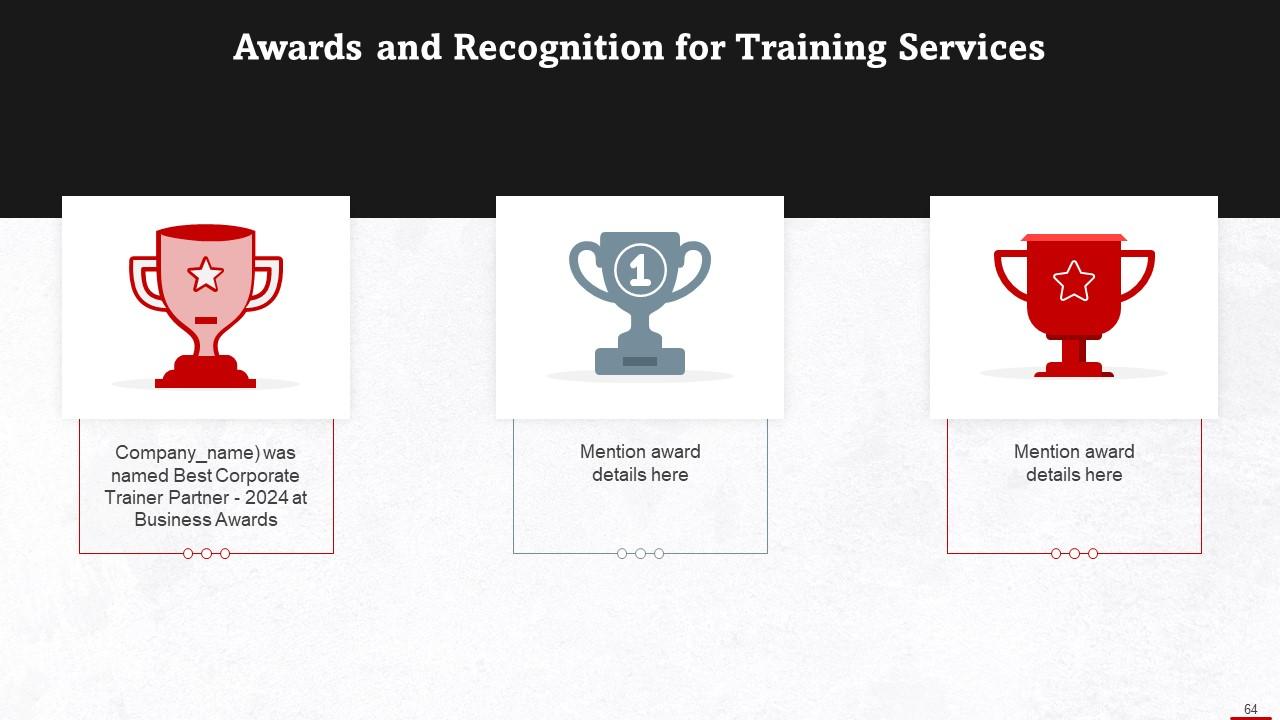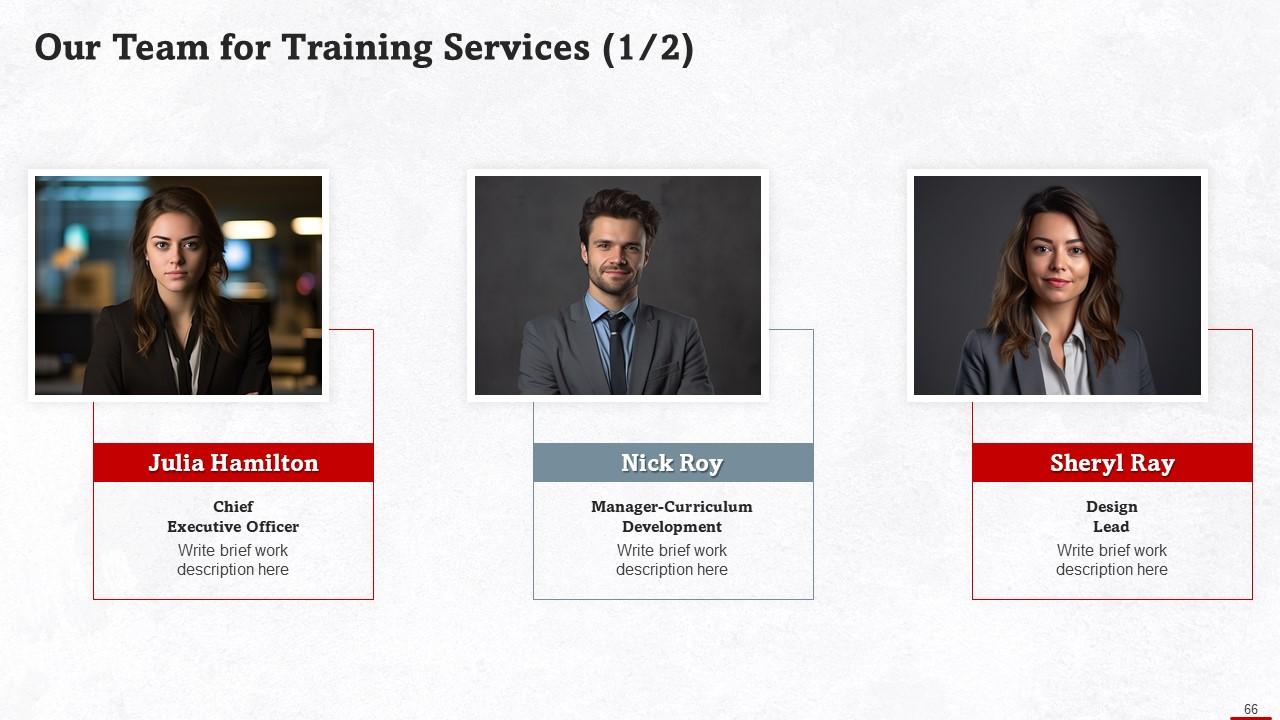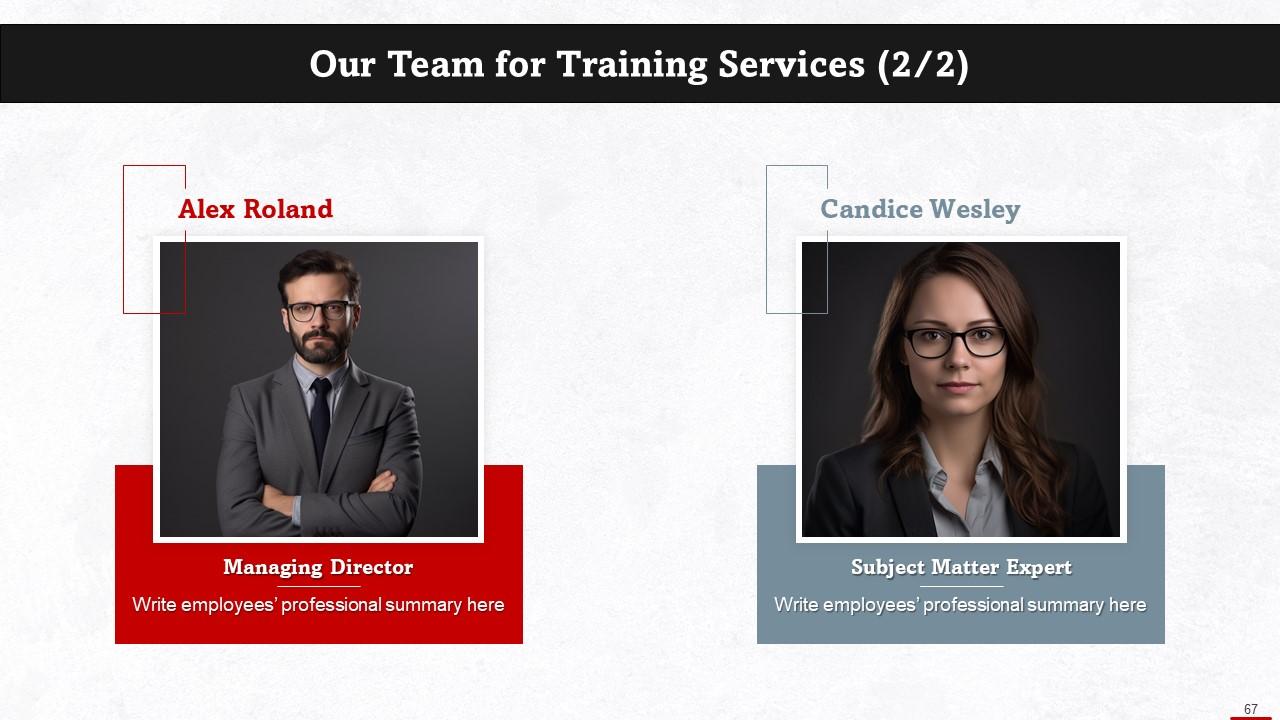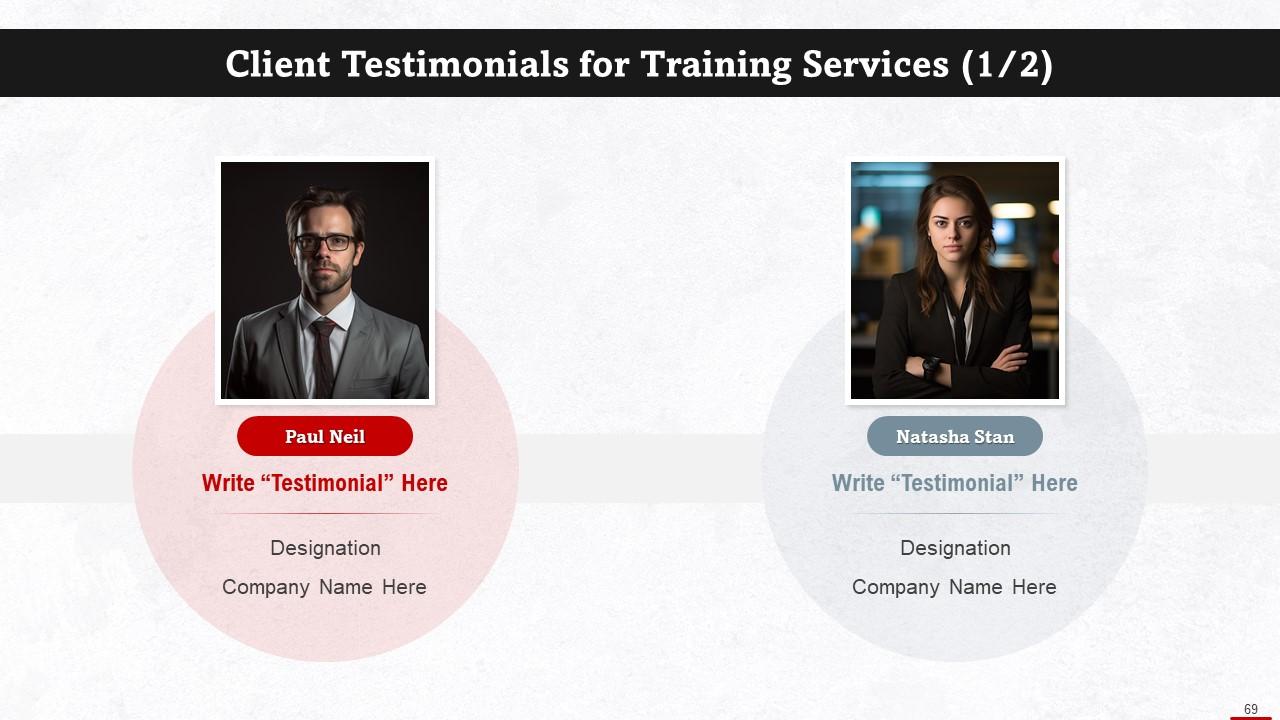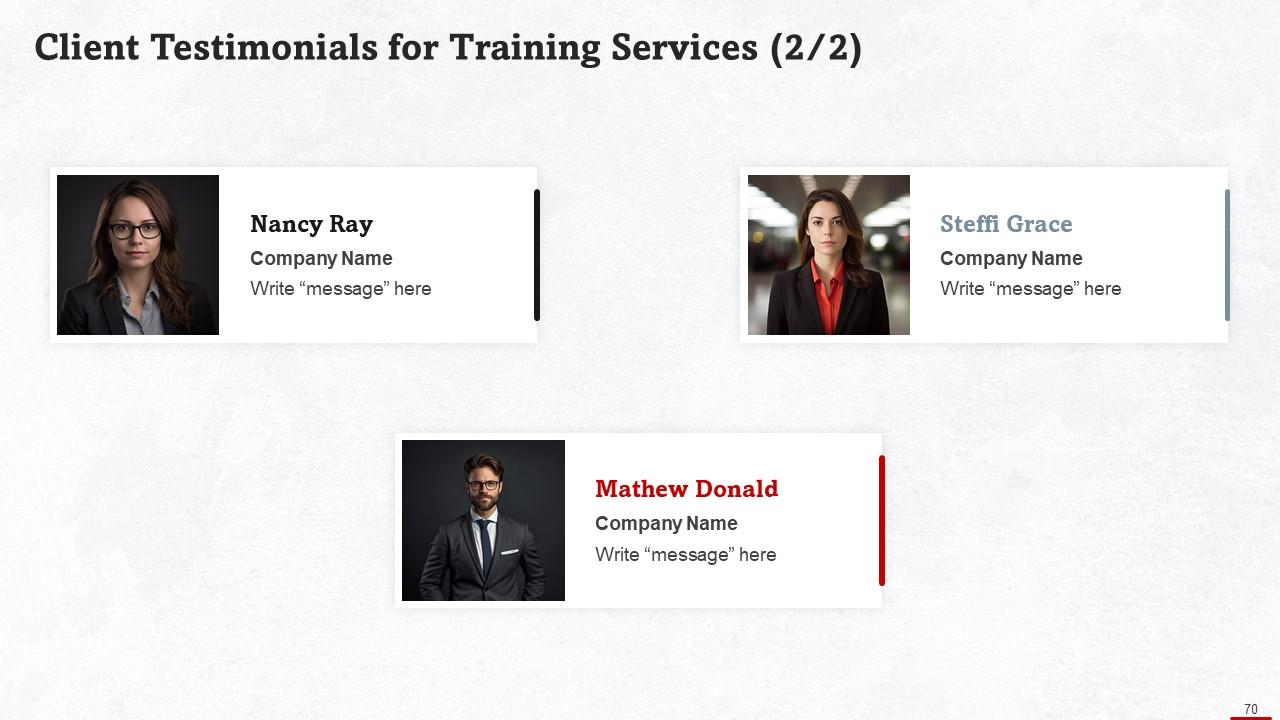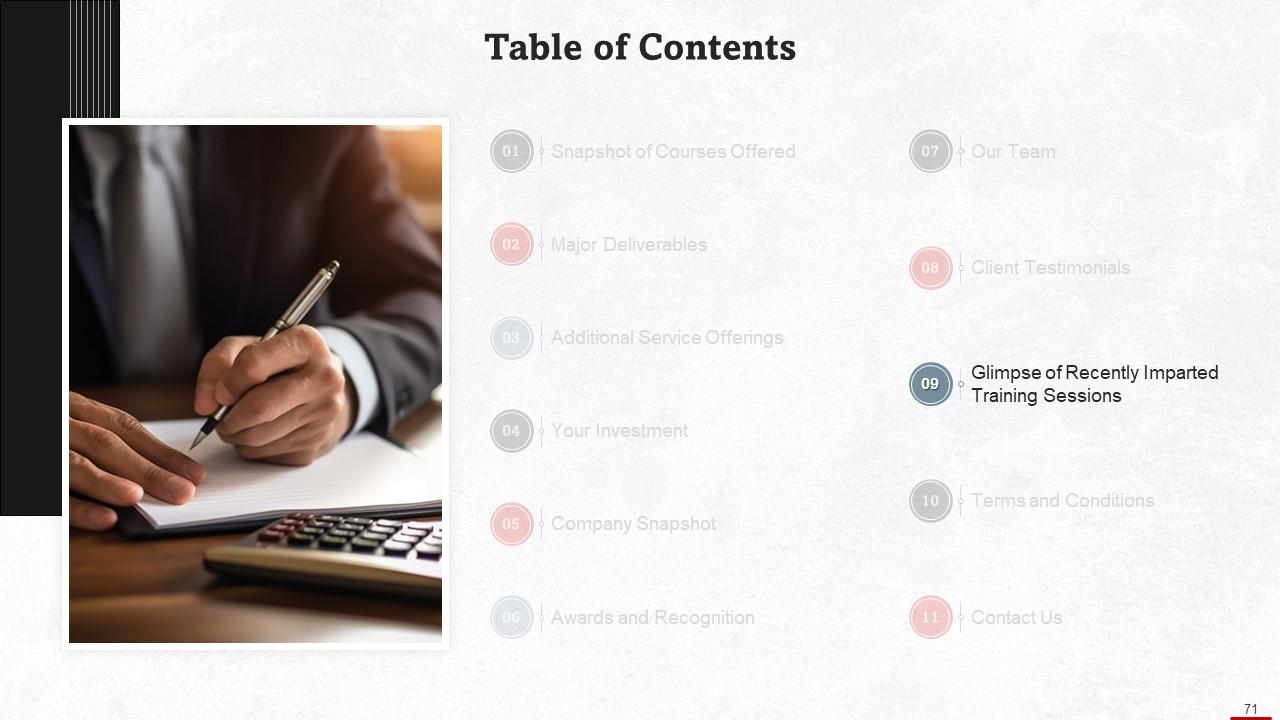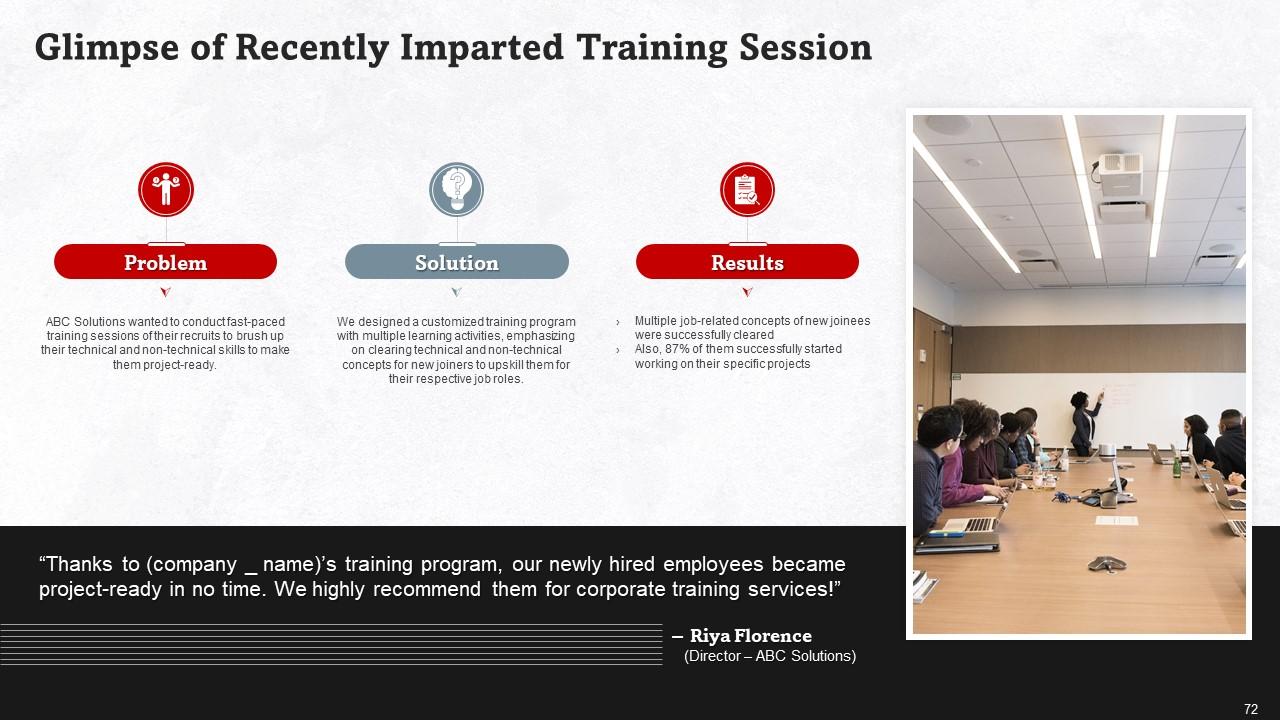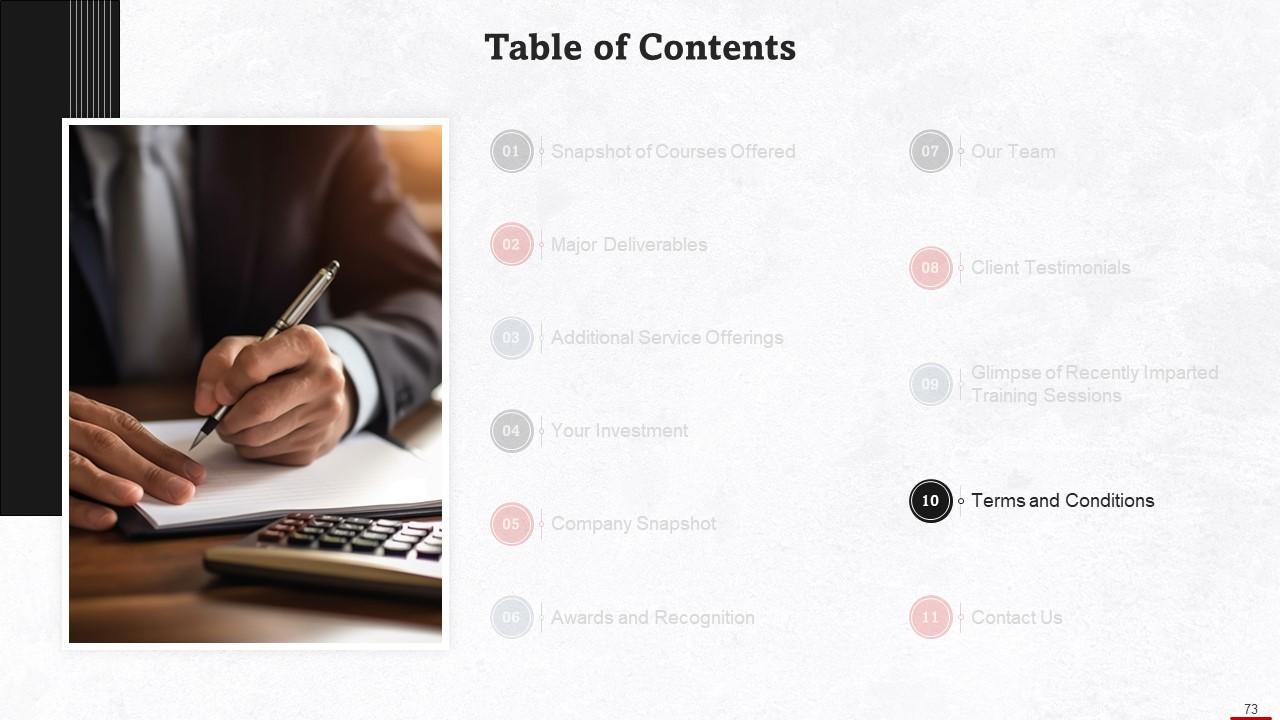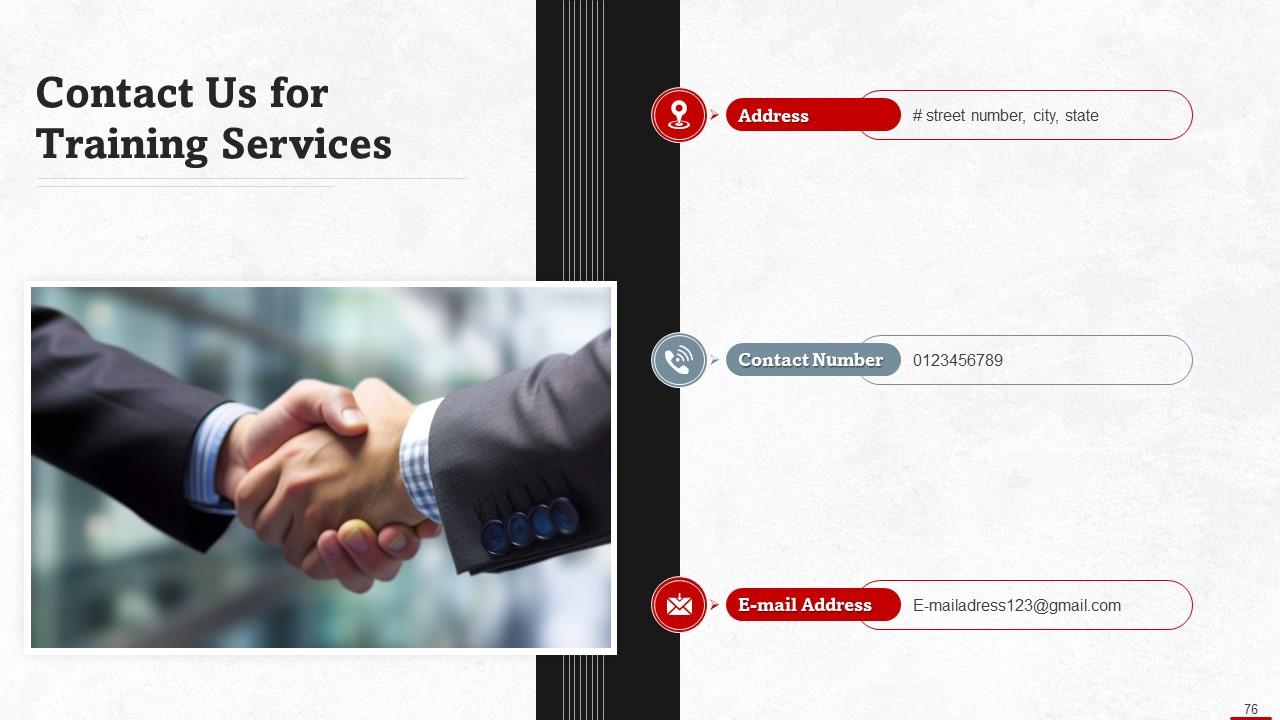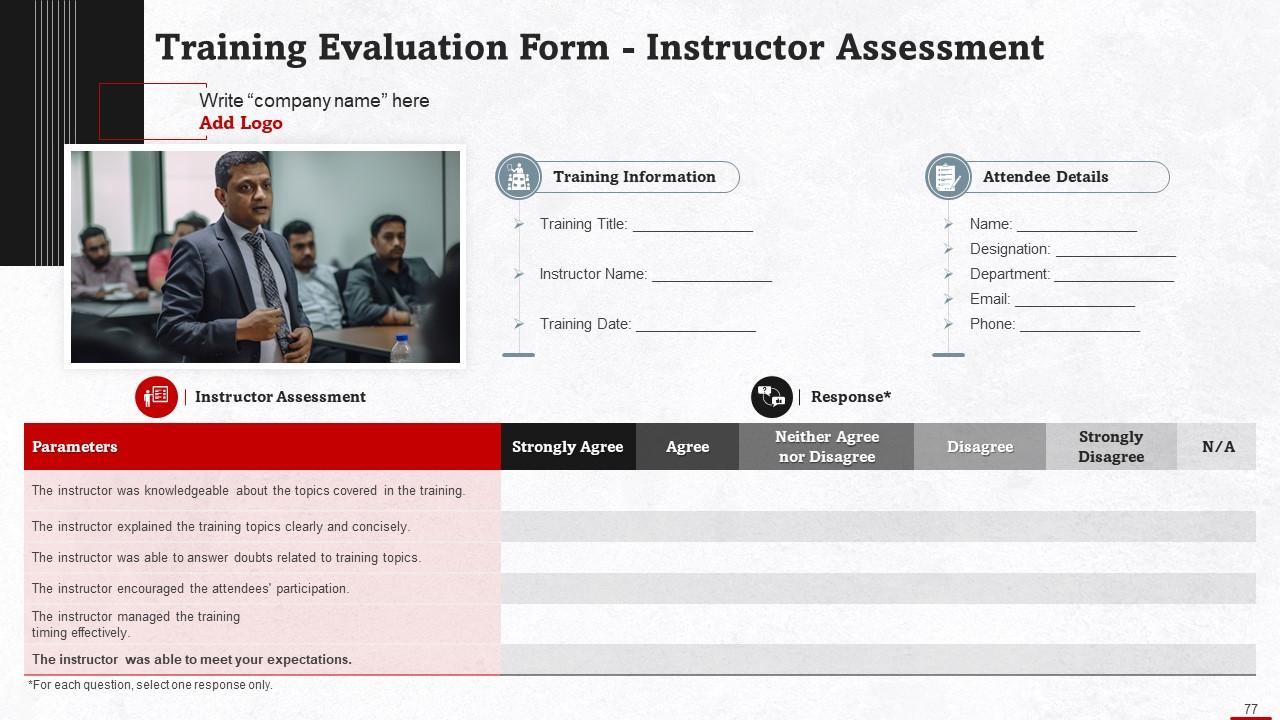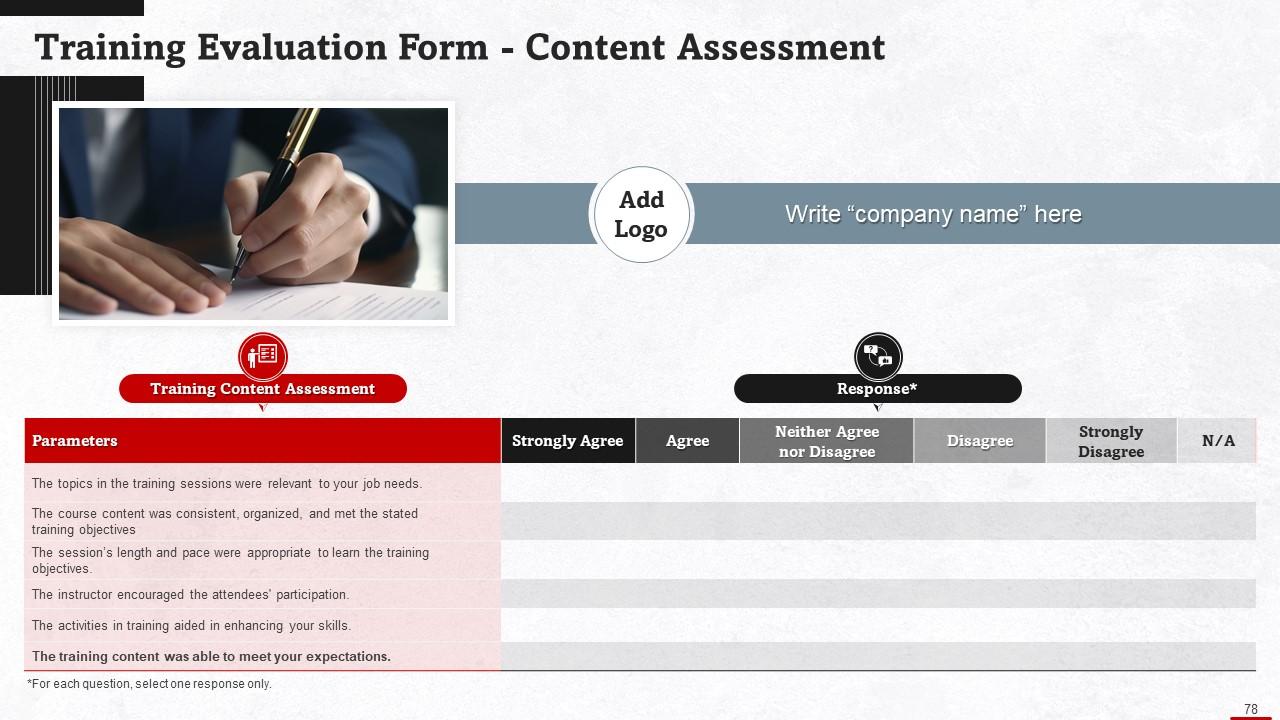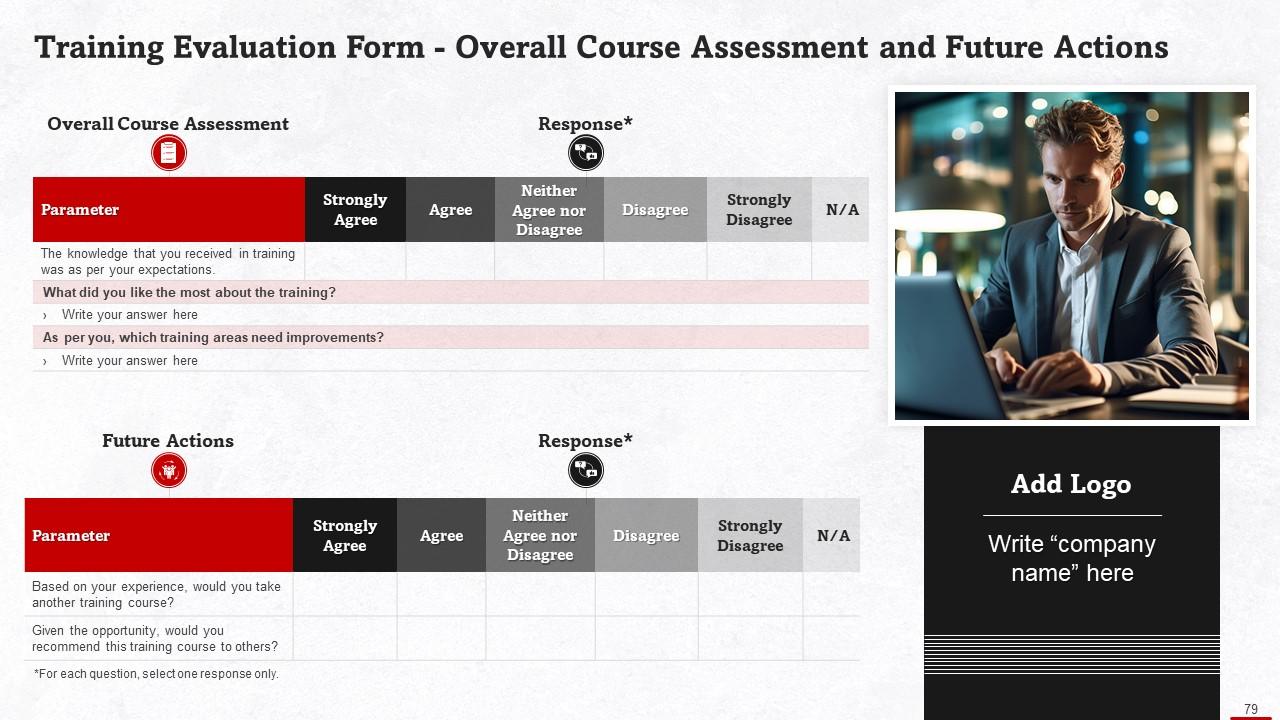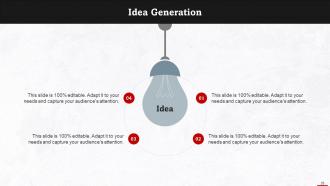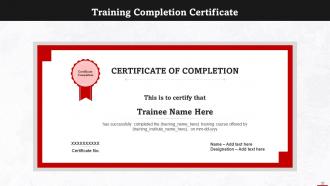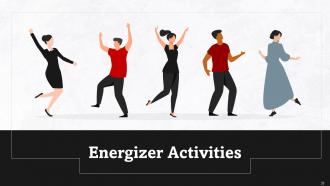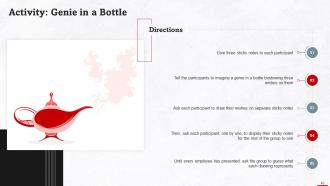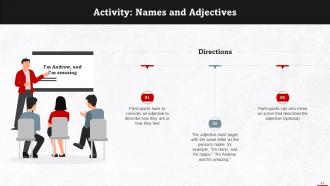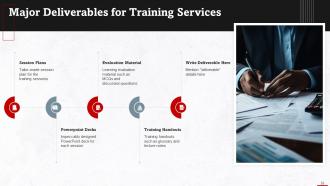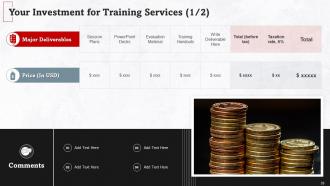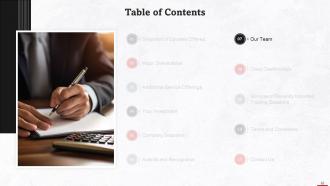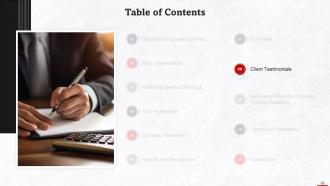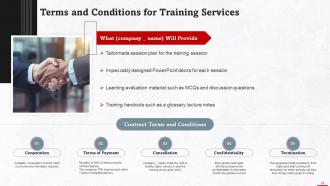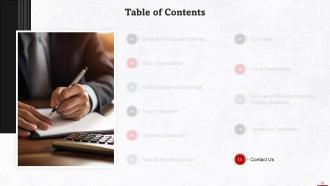Understanding Situational Leadership Training Ppt
This PPT Module on Understanding Situational Leadership delves into the adaptable nature of leadership across varying scenarios. It begins by demystifying what situational leadership entails and its overarching goal, setting the stage for a deep dive into Golemans renowned theories and Blanchard and Herseys Situational Leadership Model. The PowerPoint Deck further breaks down leadership into four distinct styles Directing, Coaching, Supporting, and Delegating, each tailored to different development levels and situations. It outlines the stages of situational leadership, elucidating the specific requirements for each leadership style to be effective. Finally, it wraps up with Key Takeaways and Discussion Questions, designed to engage participants in thoughtful reflection and discussion.
This PPT Module on Understanding Situational Leadership delves into the adaptable nature of leadership across varying scena..
- Google Slides is a new FREE Presentation software from Google.
- All our content is 100% compatible with Google Slides.
- Just download our designs, and upload them to Google Slides and they will work automatically.
- Amaze your audience with SlideTeam and Google Slides.
-
Want Changes to This PPT Slide? Check out our Presentation Design Services
- WideScreen Aspect ratio is becoming a very popular format. When you download this product, the downloaded ZIP will contain this product in both standard and widescreen format.
-

- Some older products that we have may only be in standard format, but they can easily be converted to widescreen.
- To do this, please open the SlideTeam product in Powerpoint, and go to
- Design ( On the top bar) -> Page Setup -> and select "On-screen Show (16:9)” in the drop down for "Slides Sized for".
- The slide or theme will change to widescreen, and all graphics will adjust automatically. You can similarly convert our content to any other desired screen aspect ratio.
Compatible With Google Slides

Get This In WideScreen
You must be logged in to download this presentation.
PowerPoint presentation slides
Presenting Training Deck on Understanding Situational Leadership. This deck comprises of 79 slides. Each slide is well crafted and designed by our PowerPoint experts. This PPT presentation is thoroughly researched by the experts, and every slide consists of appropriate content. All slides are customizable. You can add or delete the content as per your need. Not just this, you can also make the required changes in the charts and graphs. Download this professionally designed business presentation, add your content, and present it with confidence.
People who downloaded this PowerPoint presentation also viewed the following :
Content of this Powerpoint Presentation
Slide 1
This slide illustrates the cover slide for Session on Understanding Situational Leadership.
Slide 3
This slide discusses the theory of situations in leadership. It emphasizes the importance of context. It maintains that a leader should adapt to the shifting context to achieve goals and make judgments.
Slide 4
This slide presents the primary goal of situational leadership. Today’s evolving business environment requires managers to take an agile and situational approach to tackle their team, work environment, and organization.
Slide 5
This slide provides information about the Goleman Theory of Leadership. Daniel Goleman defines six styles within situational leadership. These are pacesetting, democratic, coaching, affiliative, coercive, and authoritative.
Instructor’s Notes:
- Pace-setting Leaders: A pace-setting leader establishes ambitious standards and expects team members to meet those goals to precise specifications
- Democratic Leaders: A democratic leader considers their team's opinion and feedback while making decisions. This style is effective as it encourages everyone to participate in all processes and share views
- Coaching Leaders: A coaching leader emphasizes identifying and nurturing individual strengths of each team member and developing strategies that will enable teams to work together effectively and efficiently
- Affiliative Leaders: An affiliative leader puts others first and is usually effective while mending bad feelings in a group or motivating others during heavy workload and stress
- Coercive Leaders: Coercive leaders have a very clear vision of the end goal and how to achieve it. This style works well in disasters or when an organization requires a complete makeover
- Authoritative Leaders: An authoritative leader establishes goals, determines the processes. This leader also supervises over necessary steps to reach those goals even without active support from team members
Slide 6
This slide gives an overview of a model of situational leadership that Blanchard and Hersey developed. The model defines four types of leadership approaches: Telling, Selling, Participating, and Delegating
Slide 7
This slide provides information about the telling, directing, or guiding style of situational leadership. Telling or directing style is helpful when a team or team member requires close supervision and regular guidance.
Slide 8
This slide discusses the selling, coaching, or explaining style of situational leadership. Selling or persuading is helpful when a team or team member is unable but willing to perform a task.
Slide 9
This slide provides information about the participating, collaborating, or facilitating style of situational leadership. Participating or collaborating is helpful when a team or team member has the necessary skills to complete the task but lacks confidence or is unwilling to commit fully.
Slide 10
This slide discusses the delegating, empowering, or monitoring style of situational leadership. Delegating is helpful when a team or team member has a high level of skill, confidence, and self-motivation.
Slide 11
This slide illustrates the stages of employee development according to the Hersey-Blanchard Situational Leadership Model. Blanchard and Hersey defined four categories of development for employees: Low Competence - High Commitment, Some Competence - Low Commitment, High Competence - Variable Commitment, High Competence - High Commitment.
Slide 12
This slide highlights the requirements for situational leadership. These are: Insight, flexible, trust, problem solving, and coach.
Instructor’s Notes:
- Insight: Situational leaders must understand the needs of their team members, then adjust their management style to meet those needs
- Flexible: Situational leaders must be able to switch leadership styles
- Trust: The leader must gain their followers’ trust and confidence
- Problem-Solving: The situational leader must be able to solve problems, such as how to get a job done using the best leadership style available
- Coach: The situational leader must be able to evaluate the maturity and competence of the followers and then apply the right strategy to upgrade the follower and their character
Slide 13
This slide lists the pros and cons of situational leadership. Situational leadership helps in creating a comfortable and collaborative environment, allows for flexibility, etc. However, it may create increased dependence on the leader, etc.
Slide 14
This slide depicts a one-page executive dashboard for leaders.
Slide 15
This slide summarizes the session on Understanding Situational Leadership and lists the key takeaways.
Slide 32 to 48
These slides contain energizer activities to engage the audience of the training session.
Slide 49 to 76
These slides contain a training proposal covering what the company providing corporate training can accomplish for the client.
Slide 77 to 79
These slides include a training evaluation form for instructor, content and course assessment.
Understanding Situational Leadership Training Ppt with all 88 slides:
Use our Understanding Situational Leadership Training Ppt to effectively help you save your valuable time. They are readymade to fit into any presentation structure.
-
The best collection of PPT templates!! Totally worth the money.
-
Unique research projects to present in meeting.


